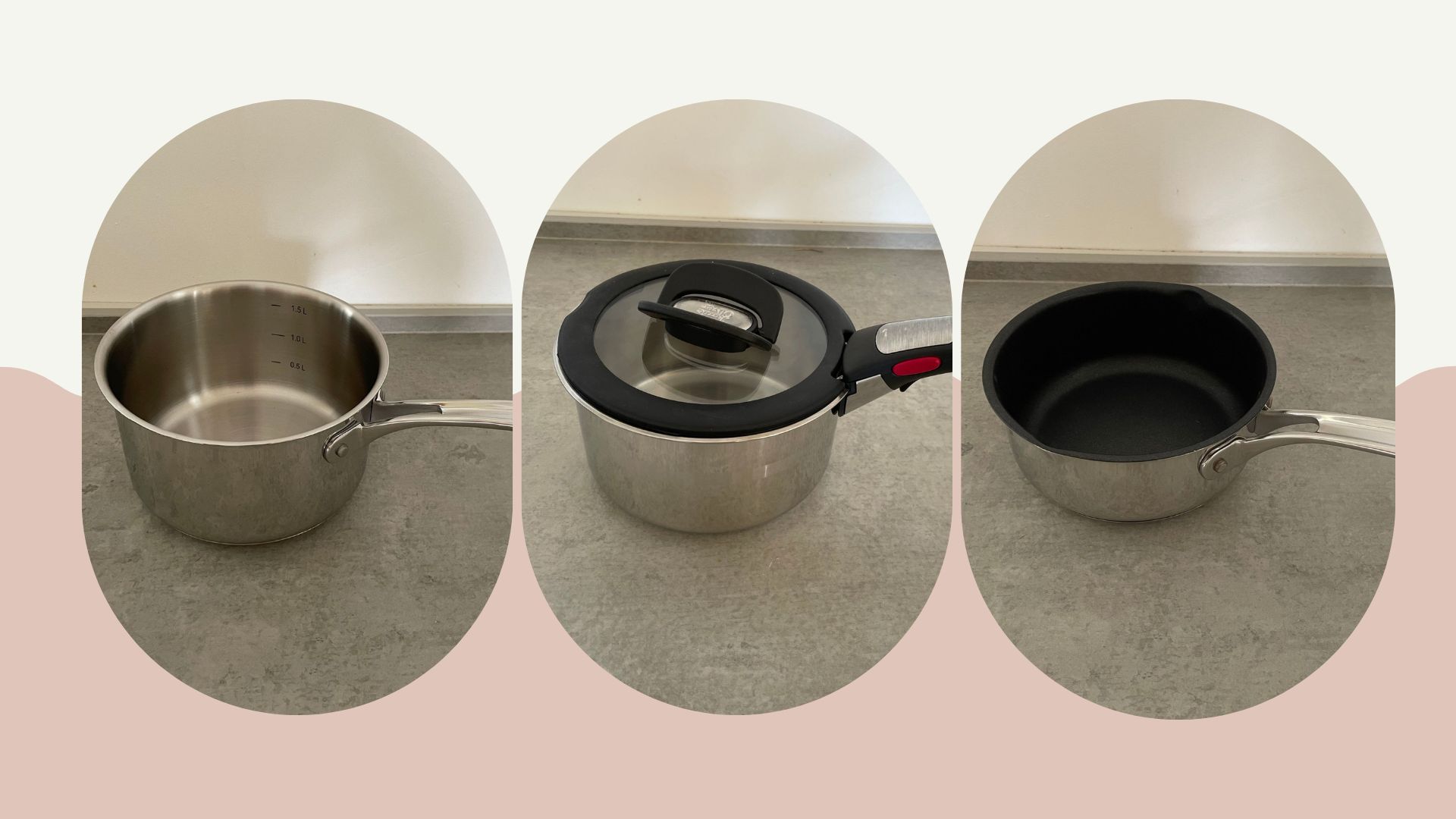
When you're shopping for a set of stainless steel pans, you want to know that they're genuinely good. How can you tell? By trusting the word of the experts. And how do the experts know what to look for? By following the rigorous process of how we test stainless steel pans.
It's all well and good to put your faith in expert reviewers, like me, but sometimes, it's nice to get a peep behind the curtains. If you've seen our buying guide for stainless steel pans, you probably wondered how we tested them too. Today is your lucky day.
For the most part, our process follows similar processes to how we test induction pans. However, stainless steel behaves in different ways, both with temperature, conductivity, and different hobs. Here's how we work out what's cooking on the stainless steel pan market.
Why we talk about unboxing and what's in the set
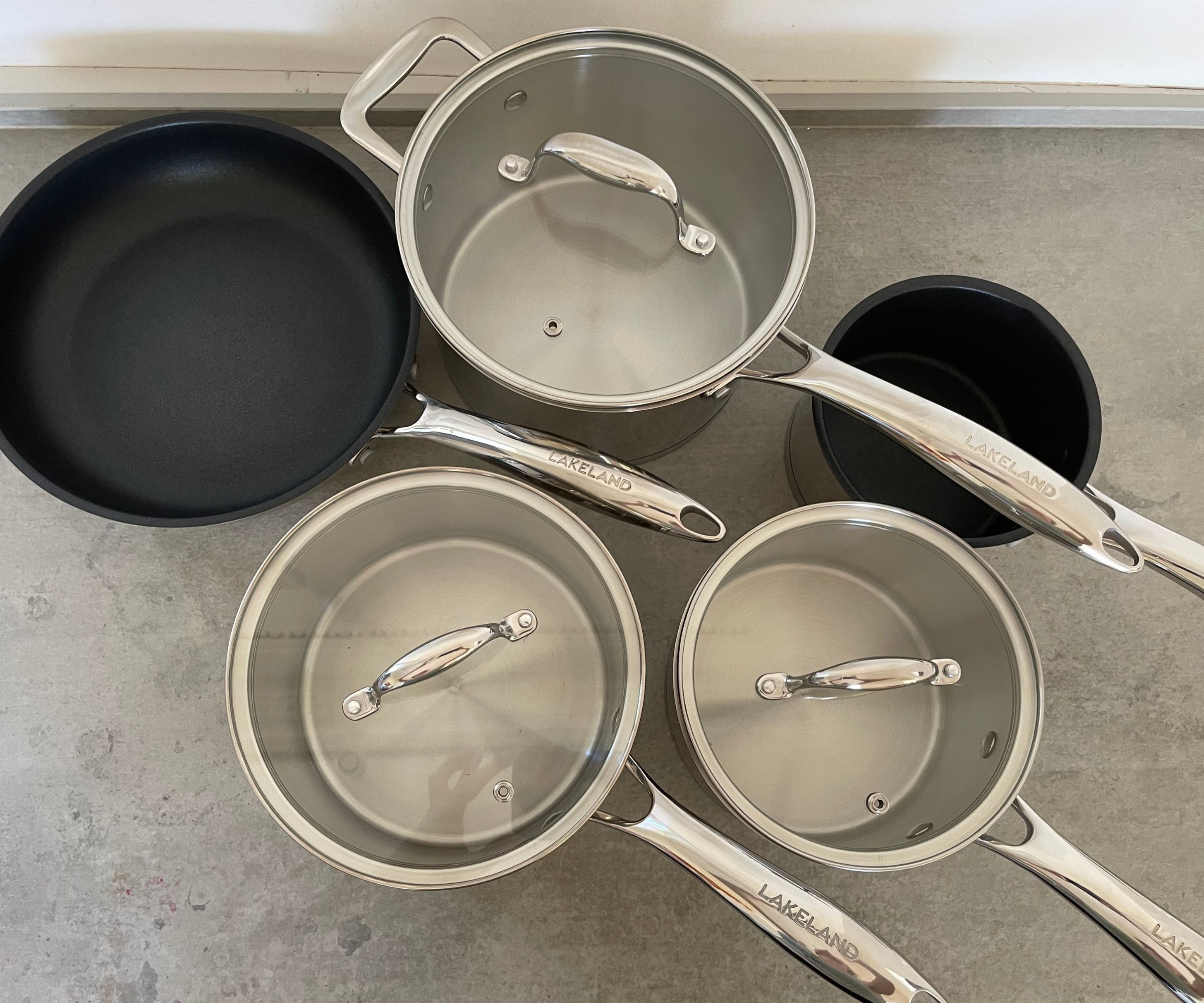
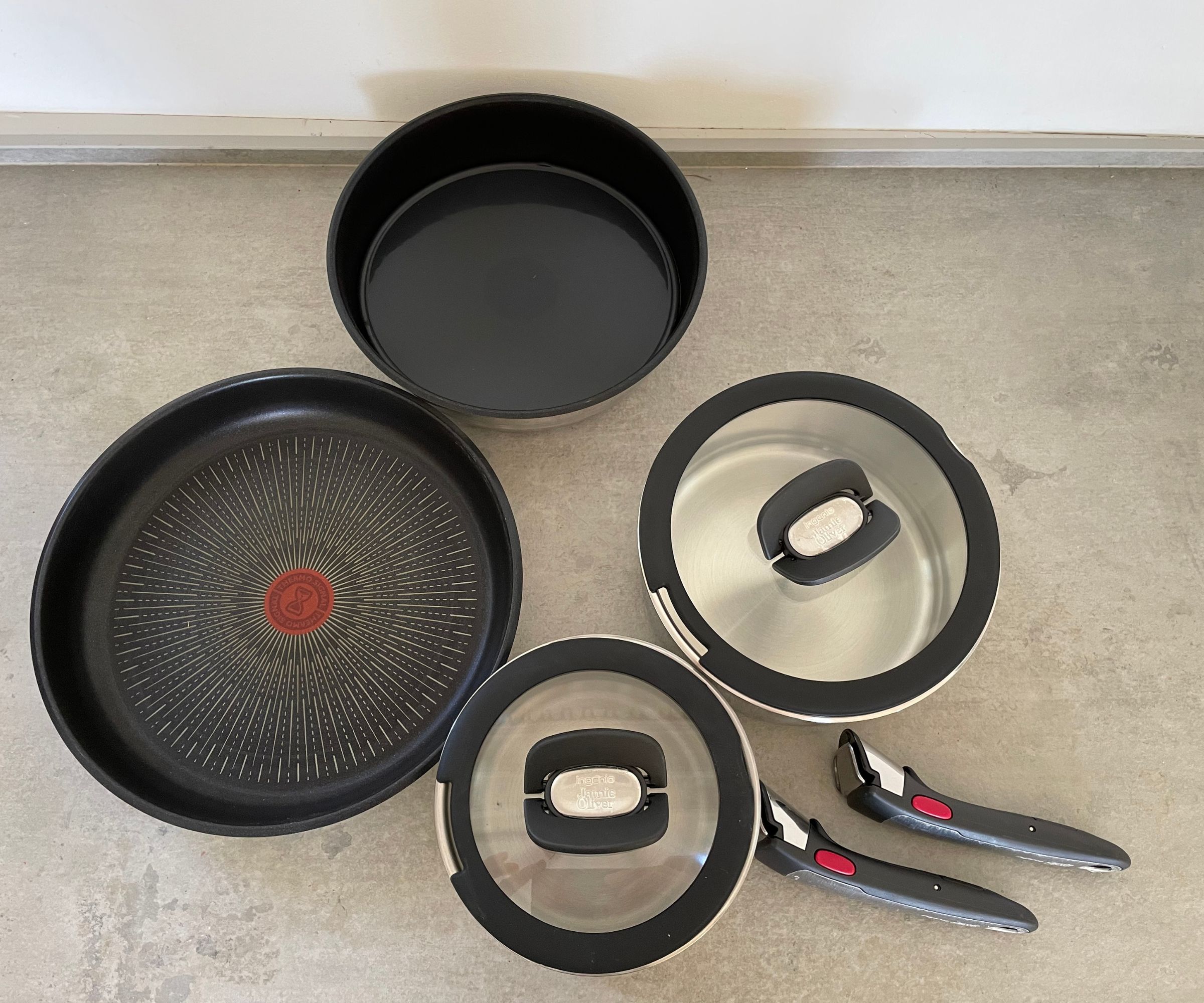
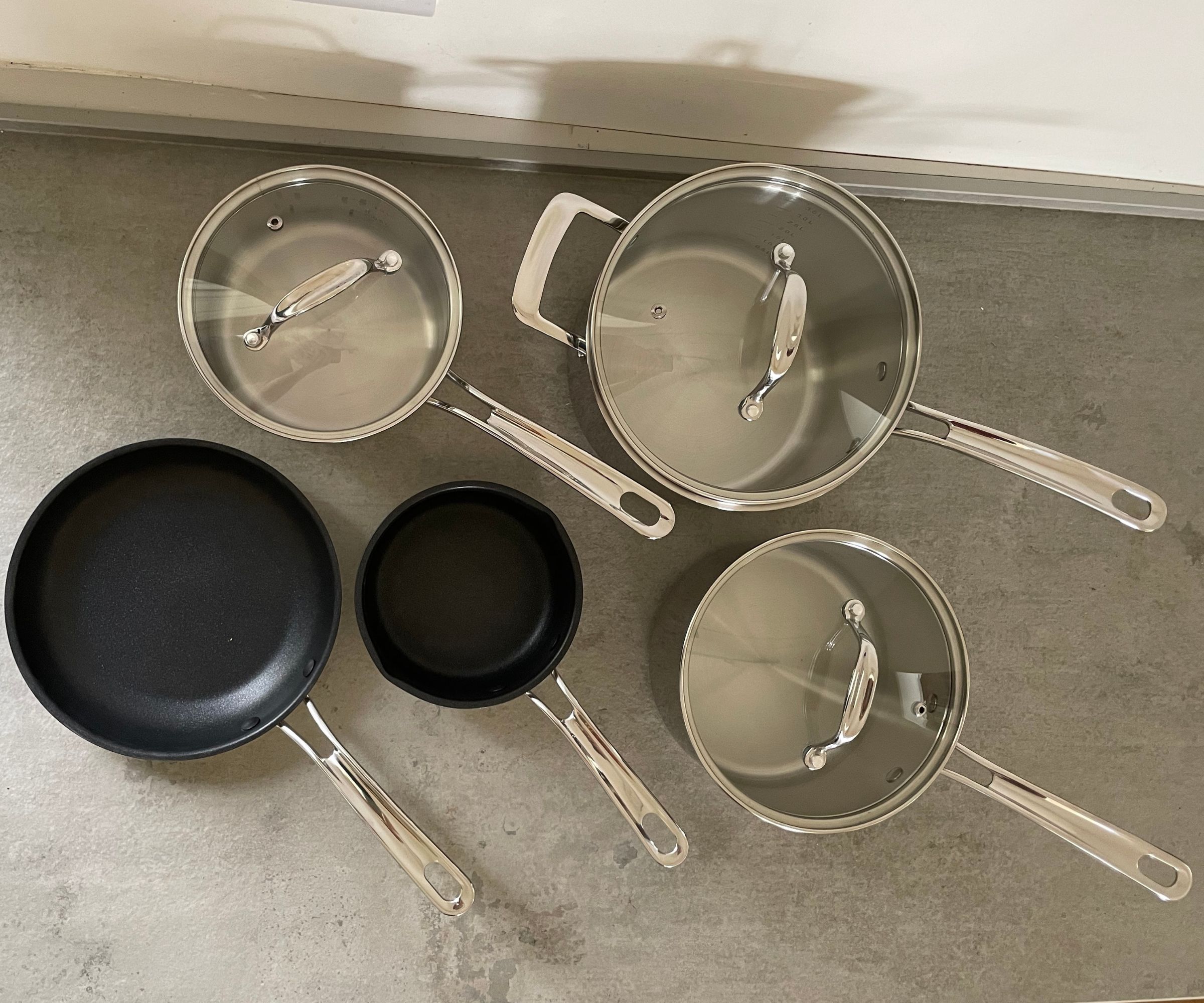
It all starts with the unboxing. Whilst you'll only unbox your pans once, this is the first impression that they make on you. The way that a brand chooses to package up their stainless steel pans can tell you a lot about what to expect from your pans too. I've had sets come neatly stacked in compact, premium boxes. Our Place should get a special shout-out because their pans came with beechwood cooking utensils and a recipe guide for getting started. These aren't advertised, so they're a nice surprise and they show how much the brand cares about your experience.
I'll also talk about whether the packaging is recyclable, whether the box is heavy, and whether you need to do any prep work before you can get cooking. Again, these are small touches, but they're good to know about. You can manage your recycling, or call in some help to lift the pans if you know they're not going to make it up the stairs without a helping hand.
What's in the set?
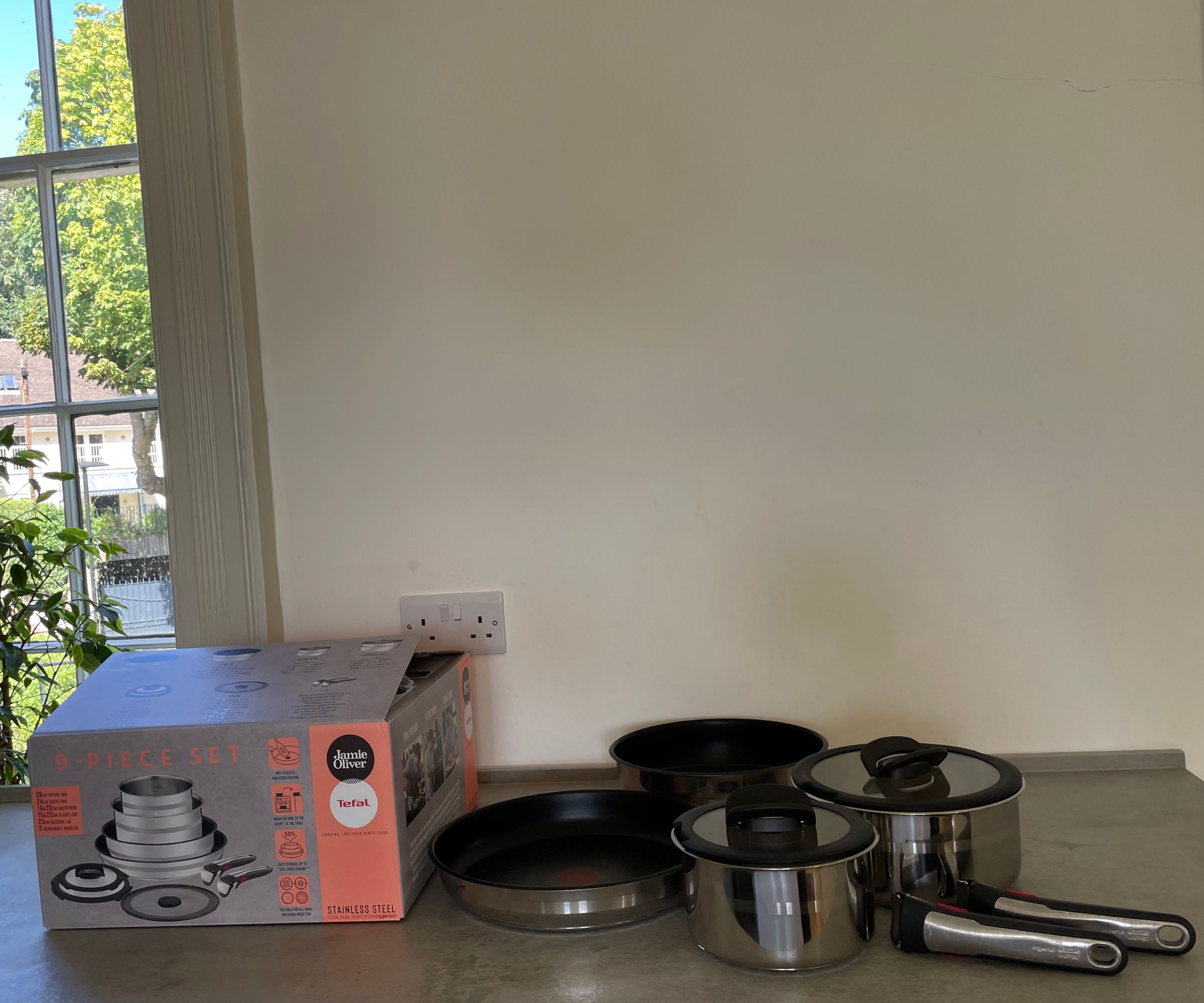
I'll talk about what's in the set because there are at least eight different types of pans that you'll need in your kitchen. If you don't know your saute pan from your saucepan, you might want a hand working out which set is relevant to you and your kitchen skills.
As if the specialist terms weren't enough to battle with, the best saucepan sets will either refer to 'pieces' or 'pans'. The term 'pans' is self-explanatory, but 'pieces' counts all of the different components (lids, handles, storage accessories, and more), which can get a little confusing if you're new to shopping for stainless steel pans.
The composition
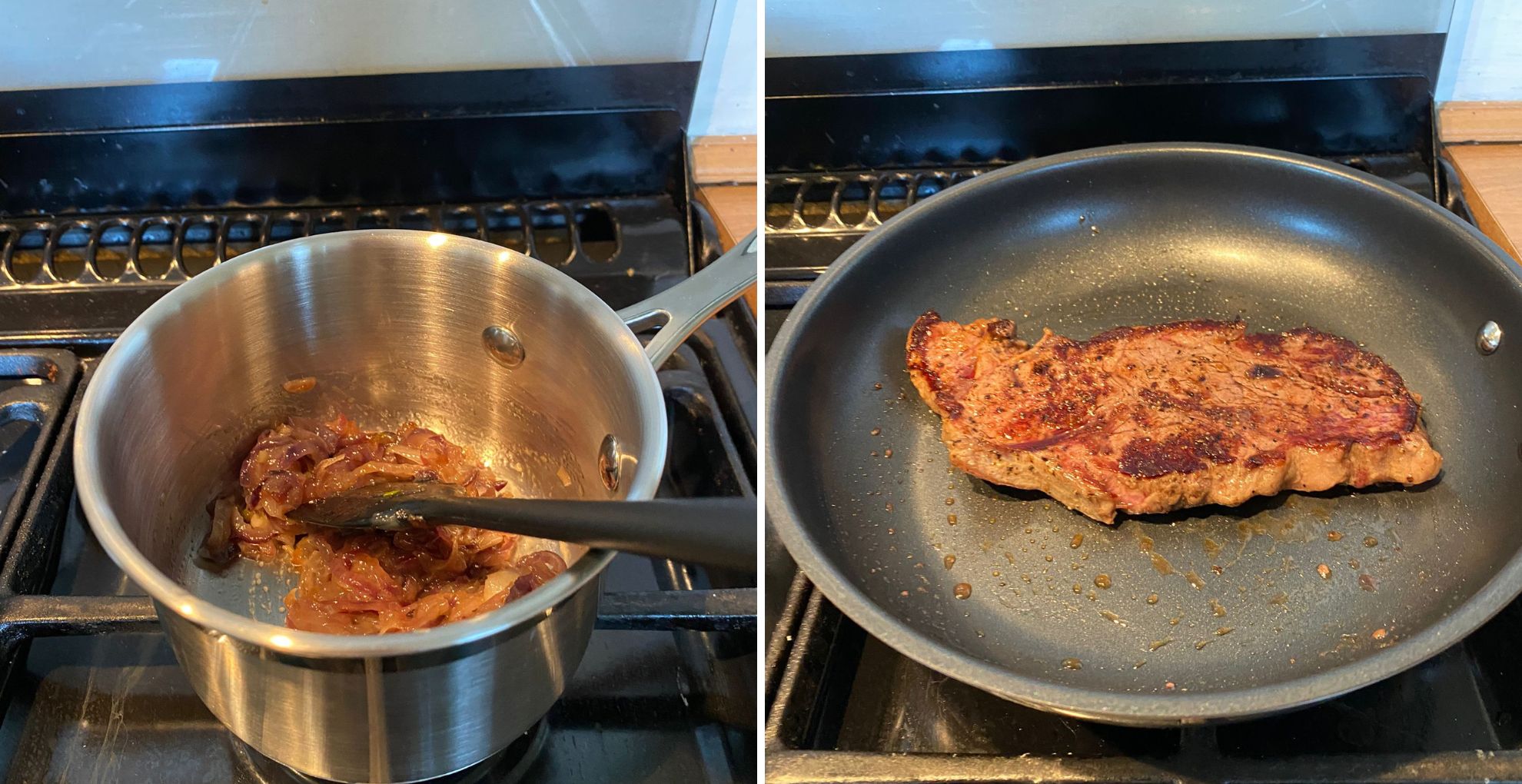
Once I've covered the different types of pans and their functions, I'll talk about what the pans are made of. All stainless steel pans are, rather unsurprisingly made of stainless steel, but these come in different qualities. 18/8 and 18/10 stainless steel cookware is normally the standard grade for cookware. The numbers might not mean much to you, but they denote the percentage of chromium and nickel. an 18/8 is 18% chromium and 8% nickel, for example. Whilst this might mean your pans will cost more money, it's worth it for the durability..
Some stainless steel pans will also have aluminium in them because it's a super speedy conductor. You'll often find the aluminium on the cladding and at the core of your stainless steel cookware so that it can conduct heat quickly and evenly across the pan. That's not quite stainless steel's strength.
In some sets, the pans will have non-stick linings. Rather ironically can be a sticky subject. The current line is that all non-sticks are safe to use if you are sensible. If you damage your non-stick, either by using an oil spray or by using a metal utensil, you should stop using the pan immediately because non-sticks should never be ingested (lots have microplastics in them). You also shouldn’t leave your non-stick pan empty and on the heat, since overheating non-sticks can lead them to release harmful chemicals.
Whilst experts say that non-sticks are safe, if you're cautious like me, you'll probably want to opt for something that doesn't come with any fine print. And, some non-sticks do. Ceramic, for example, is a non-stick that doesn't come with Ts and Cs. You can overheat it and it's still food-safe, but just try not to scratch it, otherwise it won't work as an effective non-stick.
The best and safest option is to have a stainless steel base that you just use oil with. Sometimes, simplicity is key!
Aesthetics and first impressions
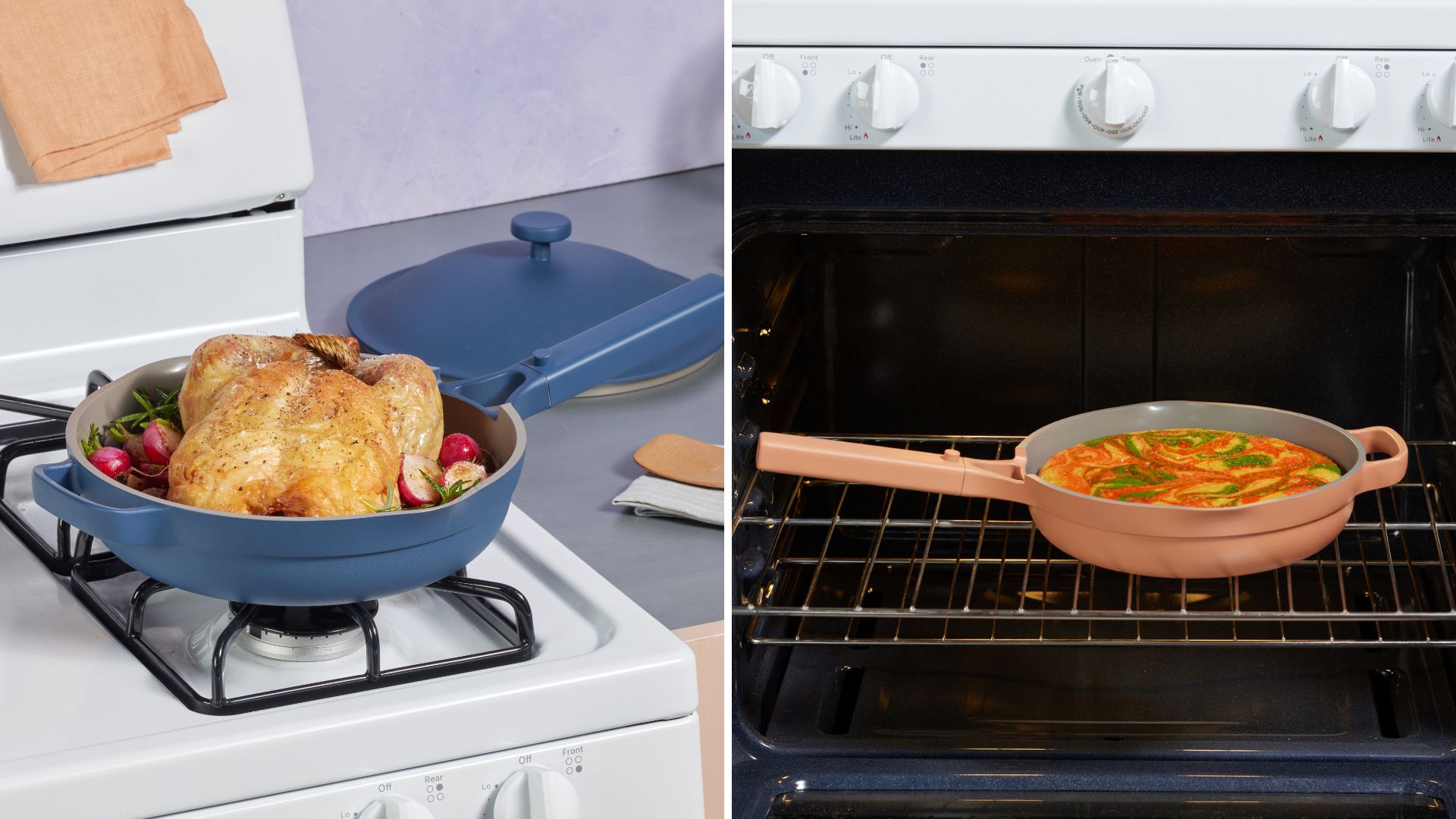
Finally, in this section, I'll talk about what the pans look like. Some pans are made to be admired and some look more utilitarian, but they do a good job. This will determine where they go in your kitchen as well as how you choose to store them. I'll note colour options, storage hooks, and anything else that might persuade or dissuade you from choosing to invest in a set of pans.
How we choose who they would suit

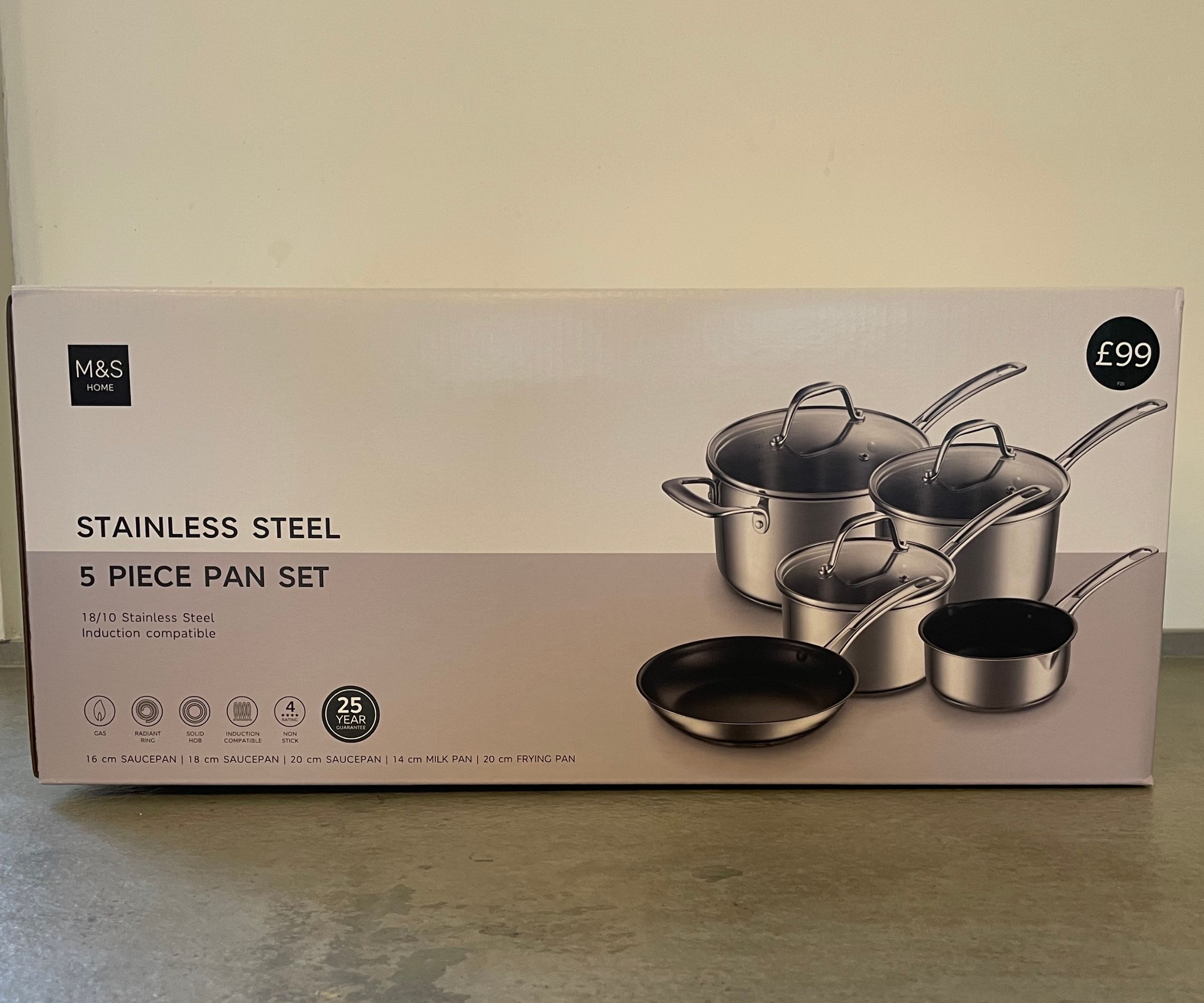

This part normally falls quite high up in my reviews, since I think it's important to know early on. In spite of that, it's often the bit that I write last, because I like to know everything about the pans before I decide what kind of home they're well suited to.
Choosing who the stainless steel pans would suit normally comes down to a few factors: price, capacity, storage, speed, special features, and performance. These will all influence whether you choose a set of pans and they'll be annoying if you make the wrong choice in your kitchen. You'll get a good idea of whether these are right for you and your kitchen if you can answer what you want from all of those factors.
What are the tests that we put the pans through?
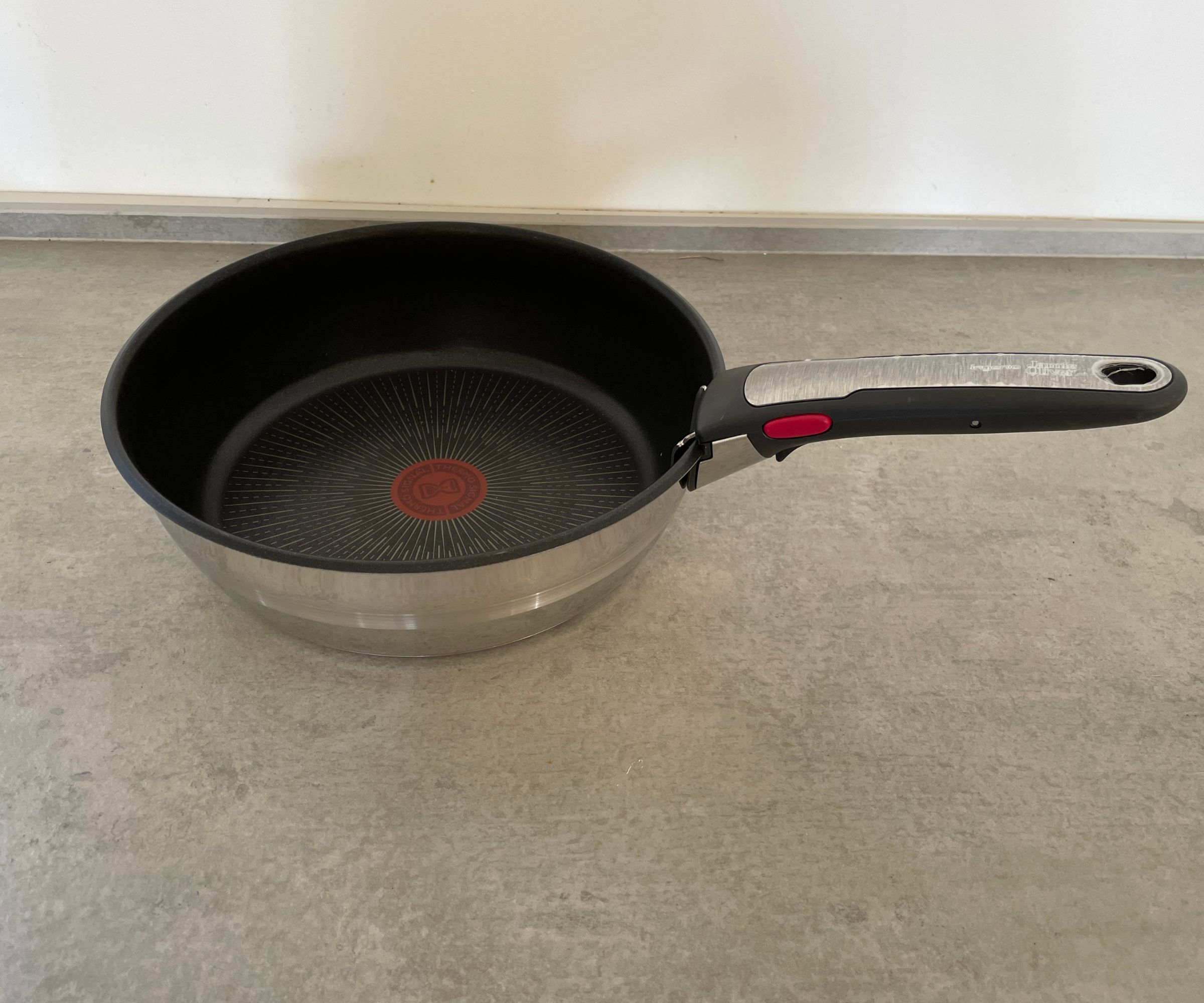
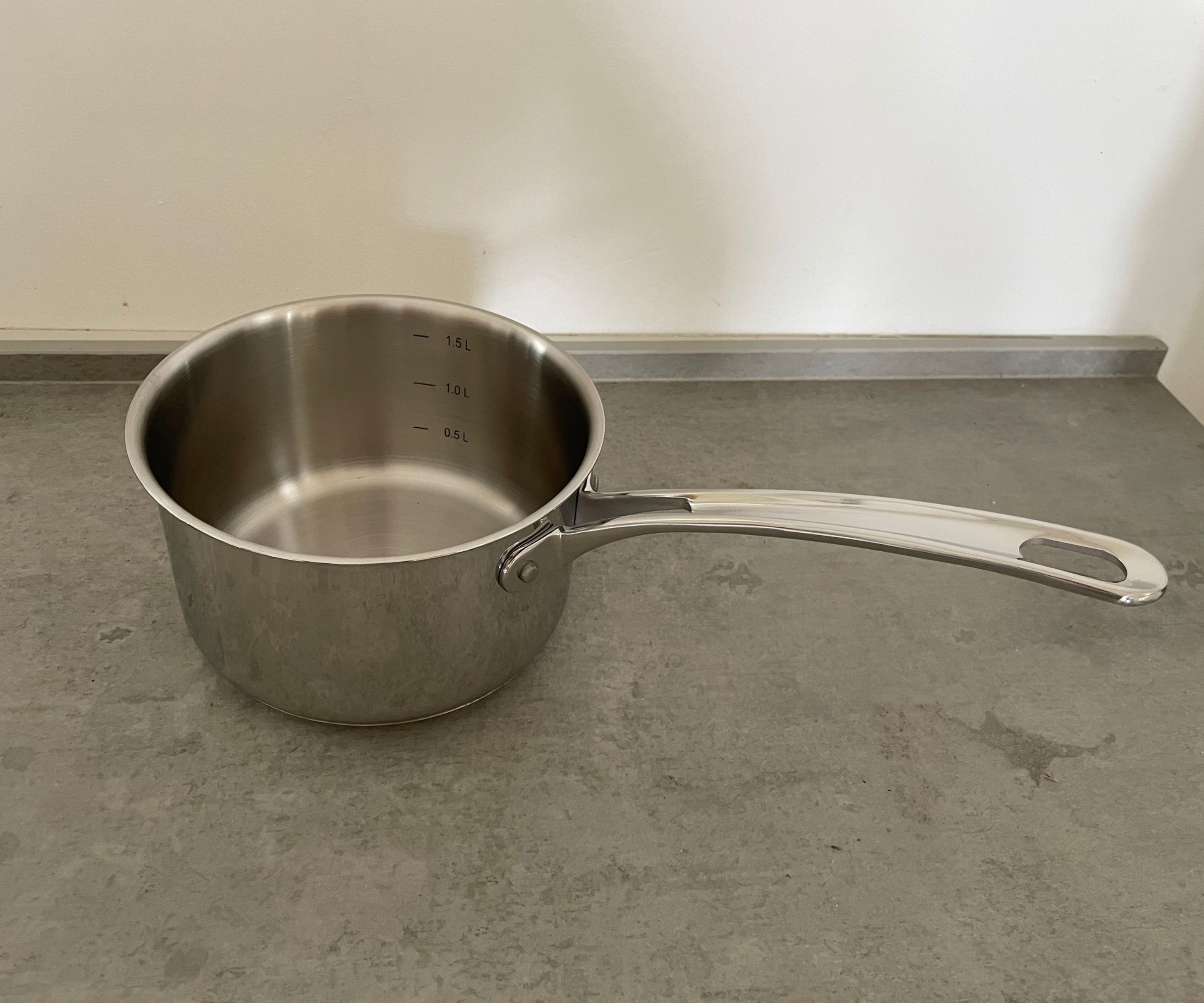
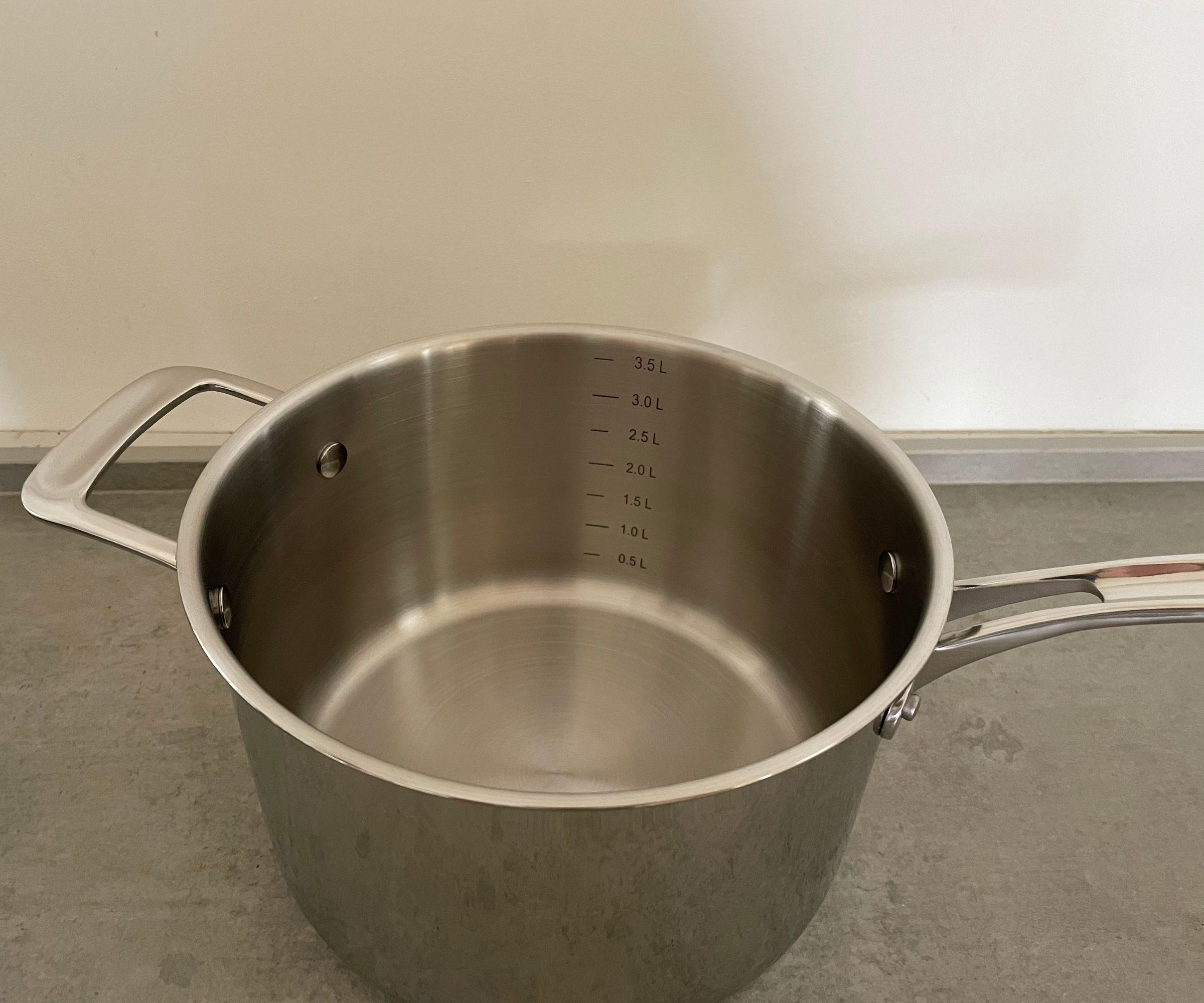
Arguably, the performance of the pans is the most important part of the tests. Determining performance took a lot of research and consultation with the food team. After thinking about what the average person regularly cooks, we decided to consider a number of factors.
Before they even go on the heat, we'll talk about how the handles of the pans feel. We'll also make notes on whether the handles get hot as we cook with them. Then, we'll do the water droplet test (splashing water onto the base of the pan so that the droplets dance around the pan). This'll tell us how quickly the pans can get hot and when ready to cook; stainless steel pans are much more effective as a non-stick surface if they're hot enough.
Testing a milk pan
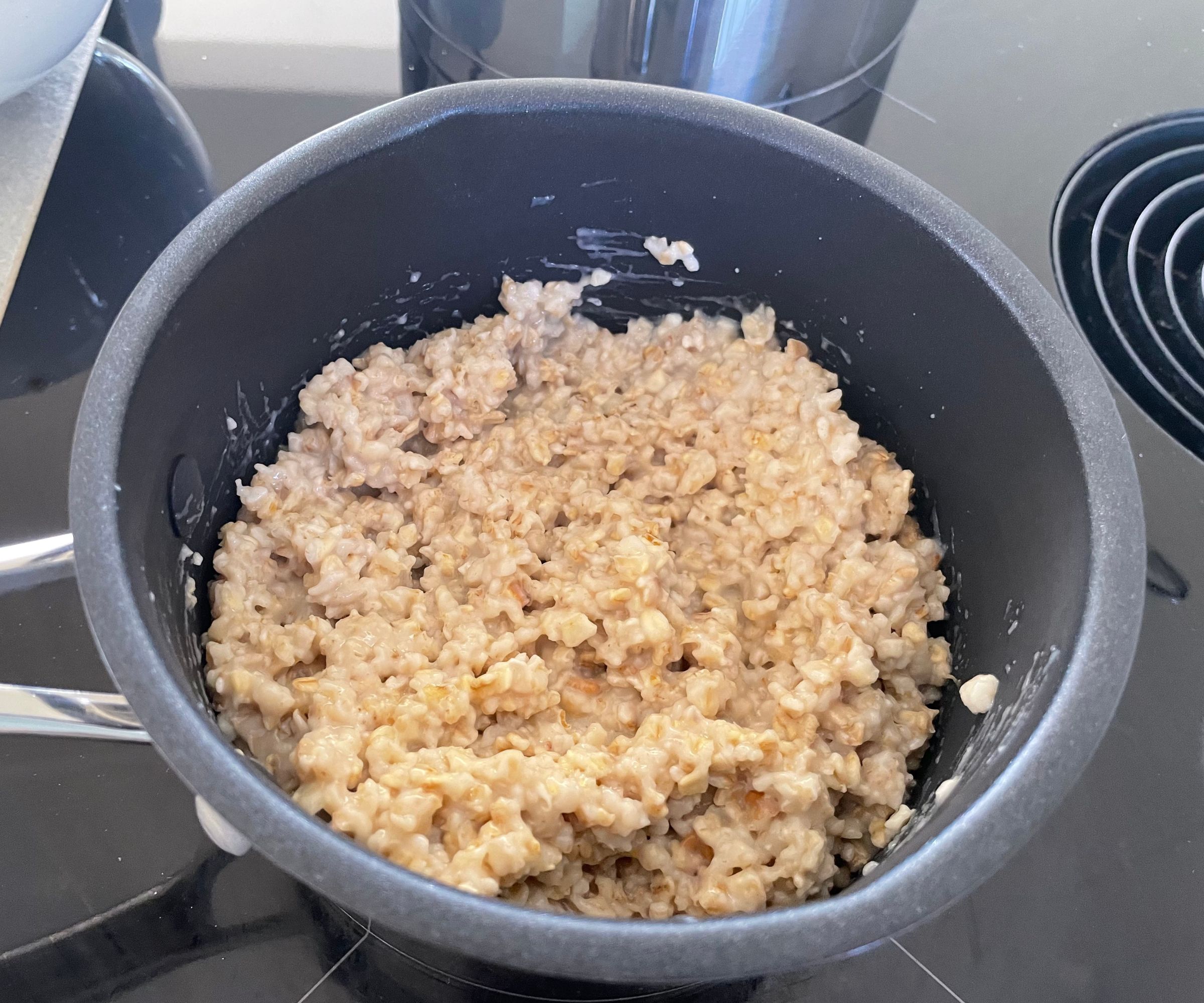
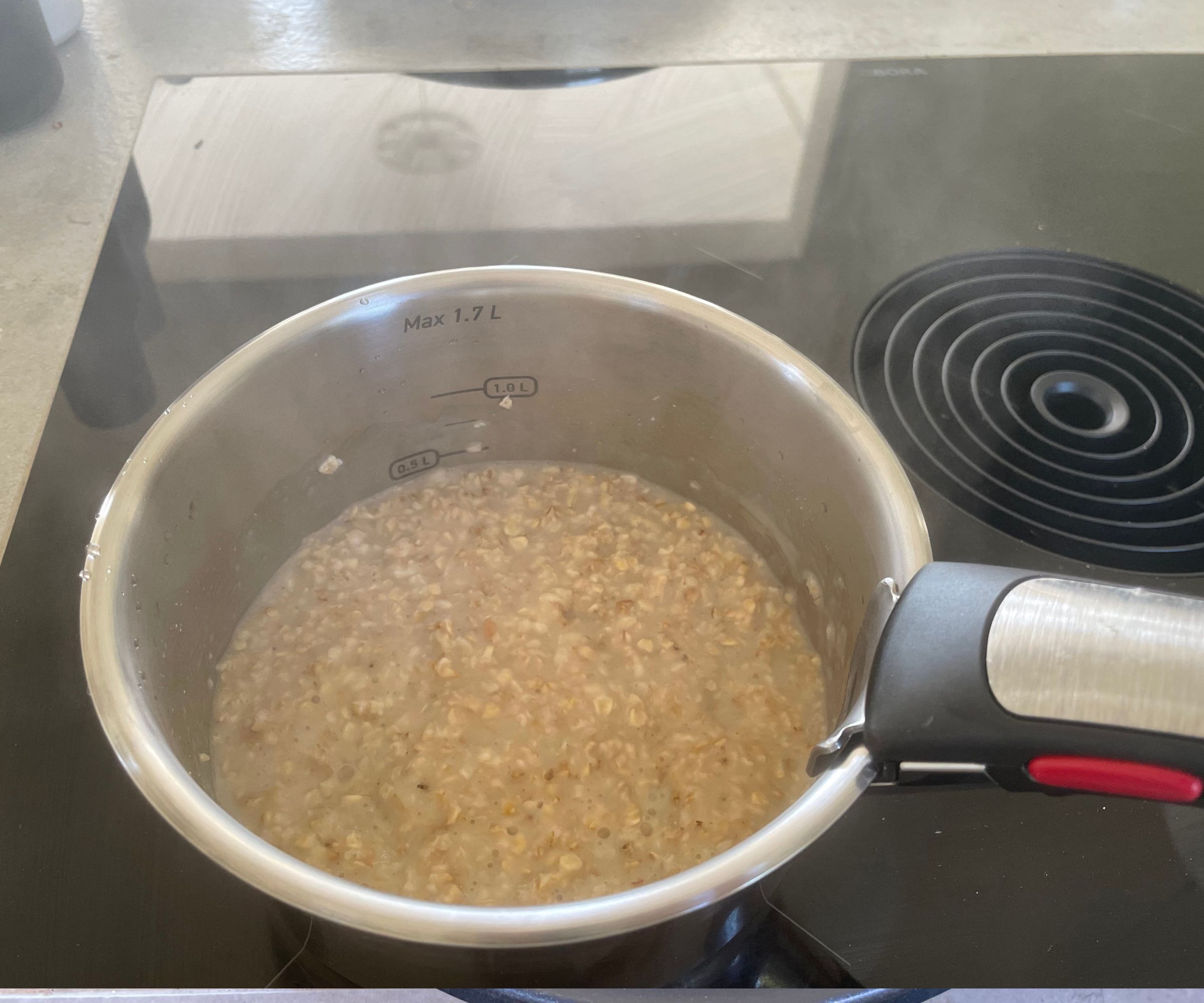
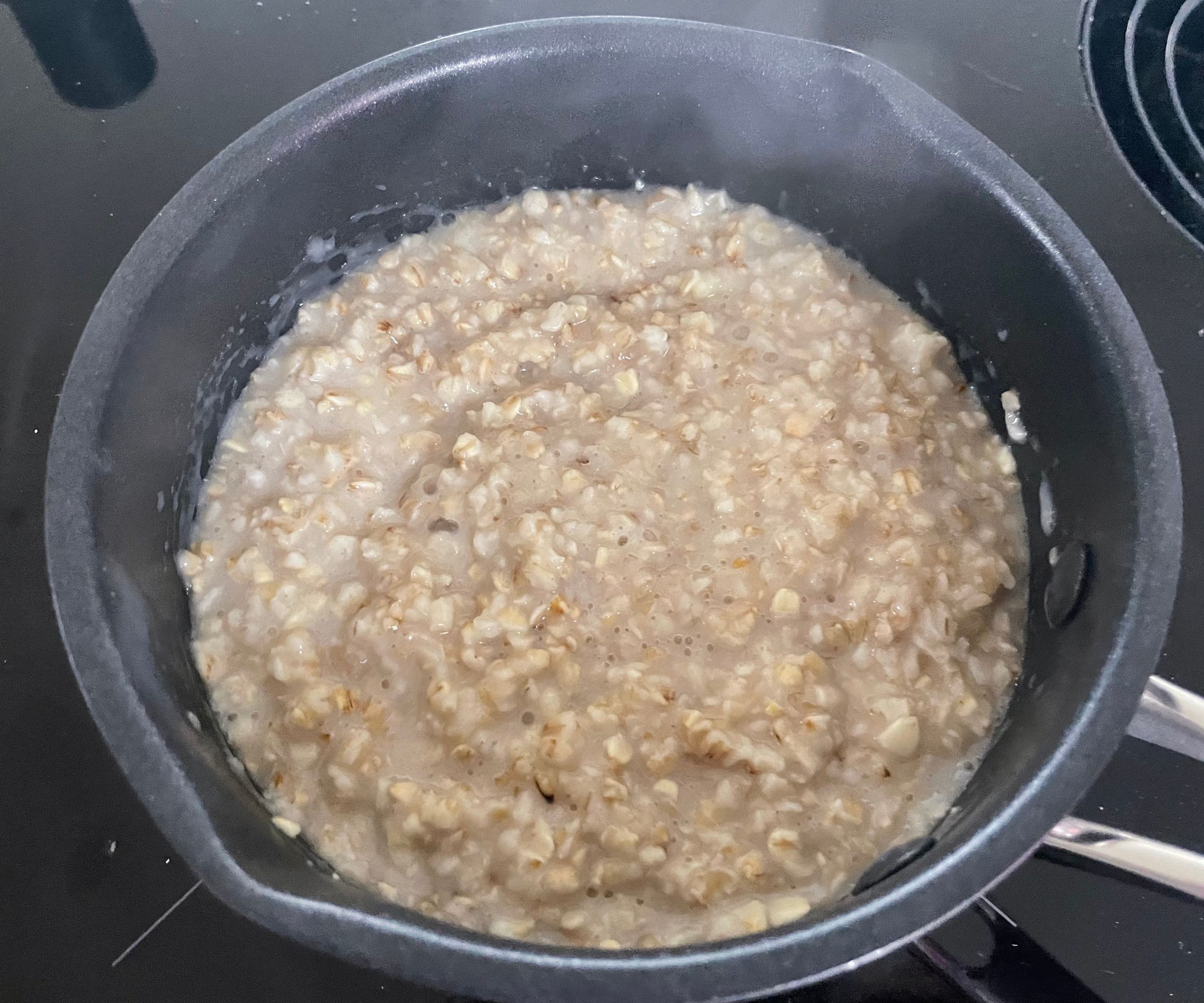
Not every set comes with a milk pan, these often drift in and out of combinations, but it's a really useful one to have integrated into your set. These small pans are useful for warming milk (hence the name), reheating soup, boiling eggs, and making porridge. For that reason, I like to run all of these tests on the pan.
I time how long each task takes to complete, check that the pan is designed well for the tasks, and also keep an eye on any extra features. Some milk pans are non-stick, for example, which can really help when heating up milk and making porridge. Other pans will have lips on either side of them, making it easier to pour soup or drain water without making a mess.
As always, I look for consistent heat across my soup, a speedy boil for the eggs, and porridge that is soft and hot, but still with some texture. A milk pan that's good will be able to hit all of those, effortlessly.
Testing a frying pan
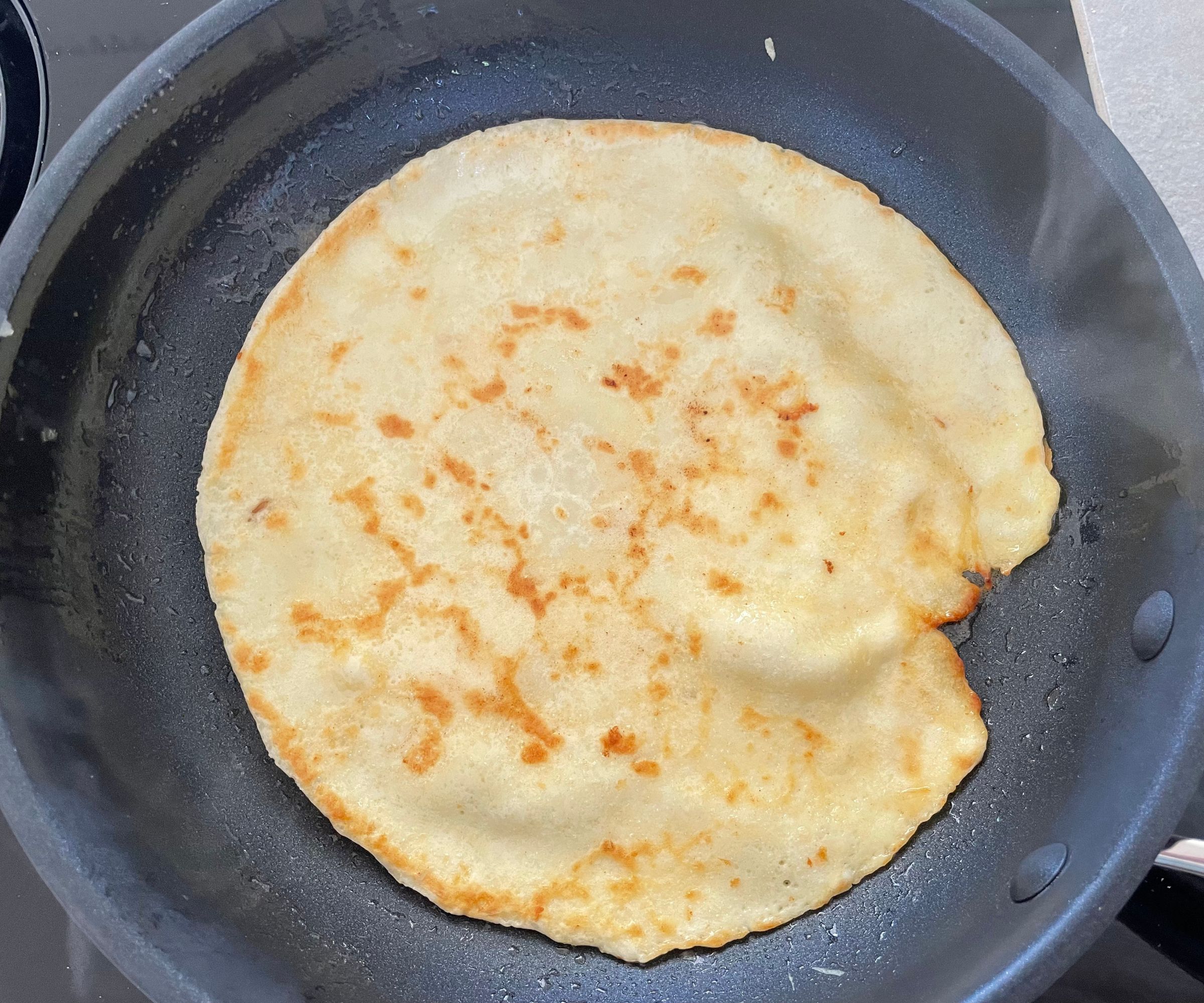
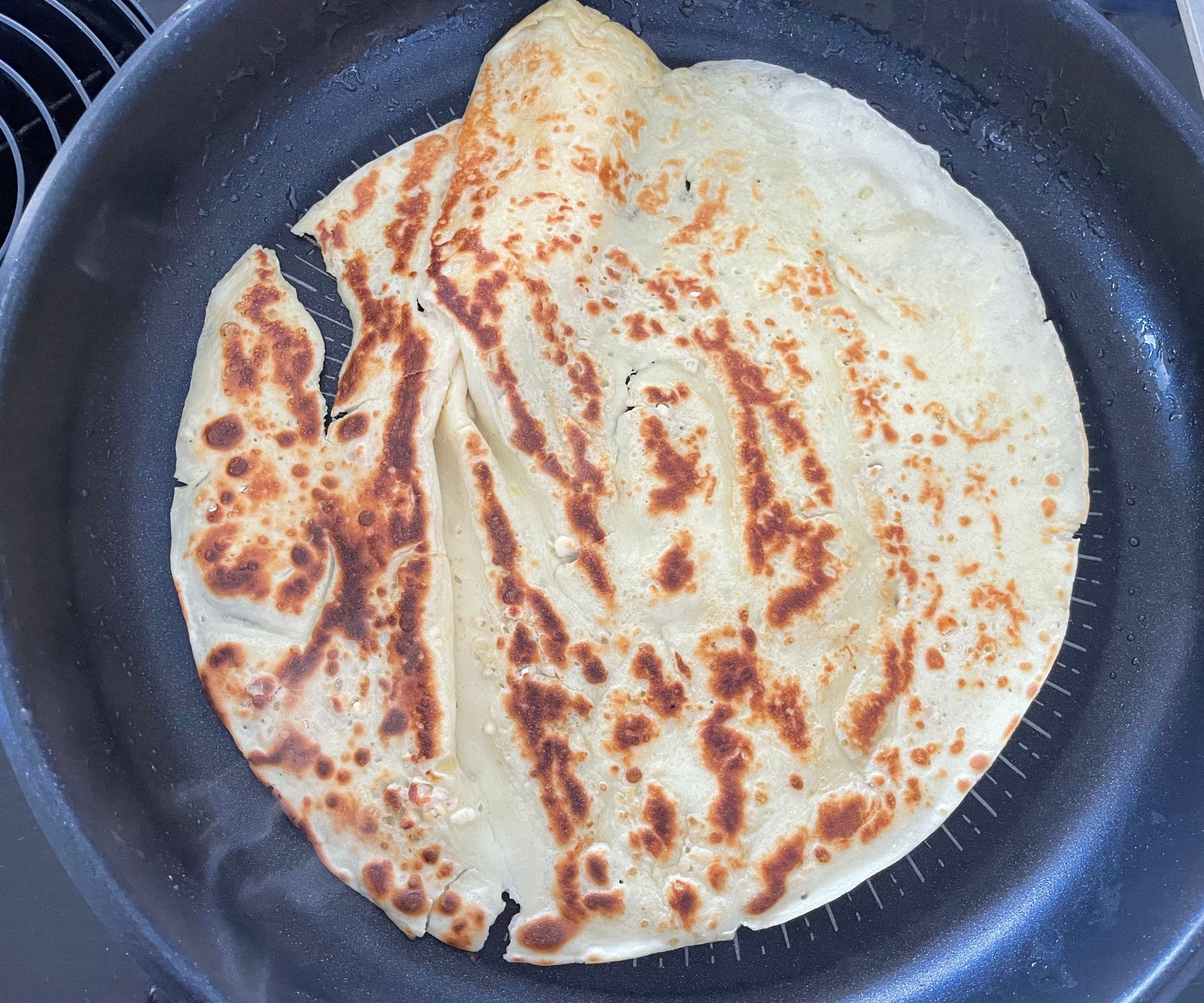
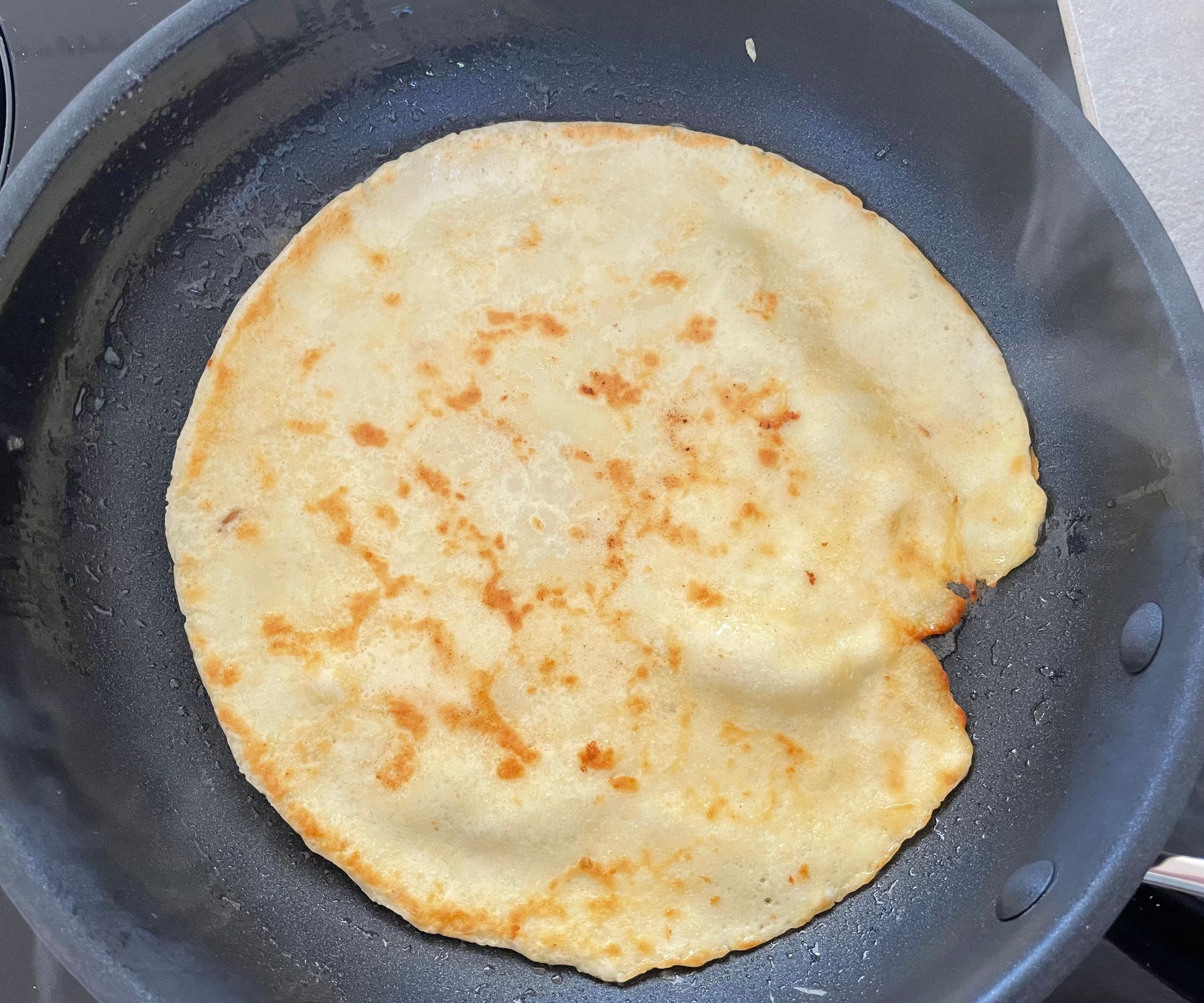
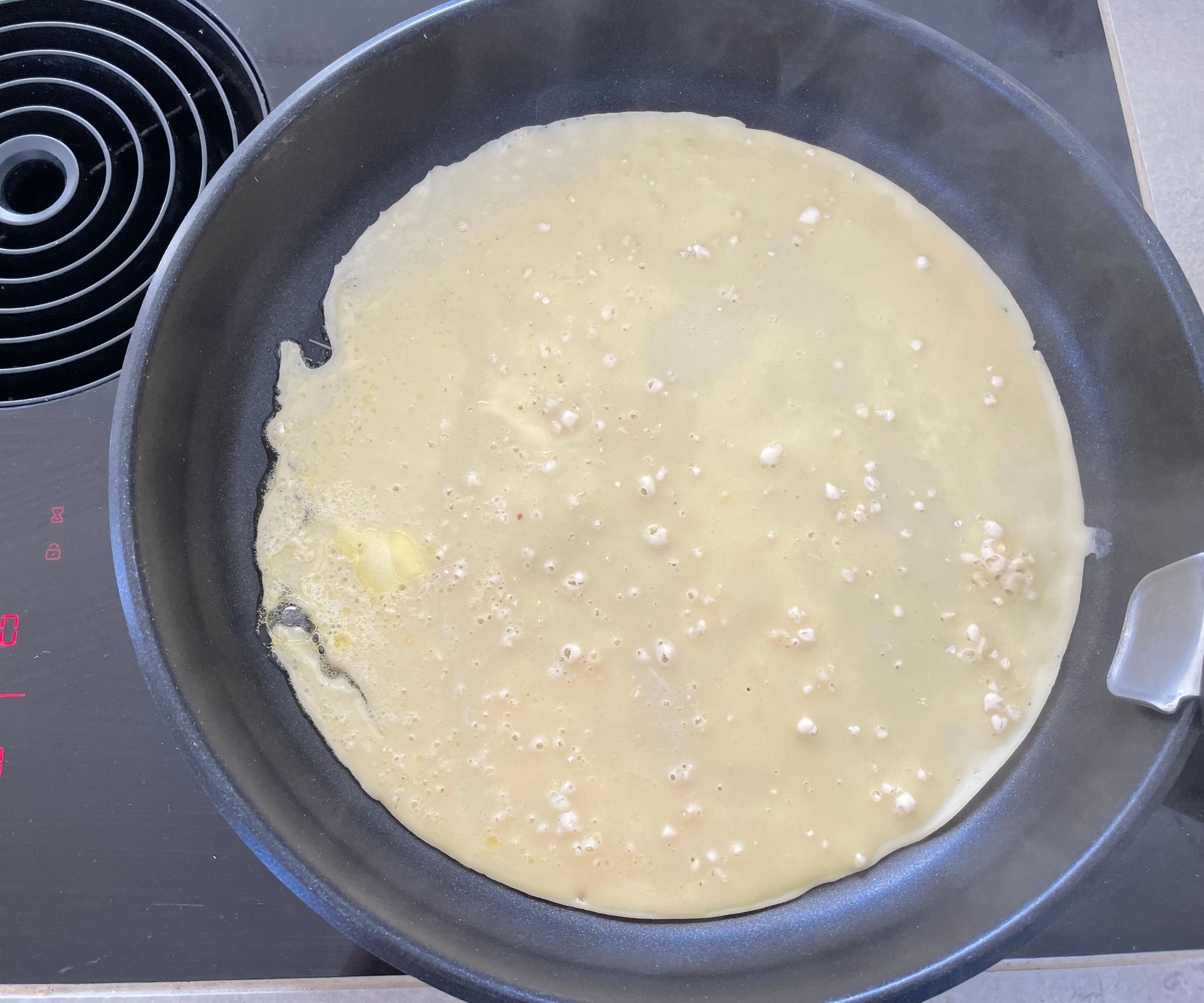
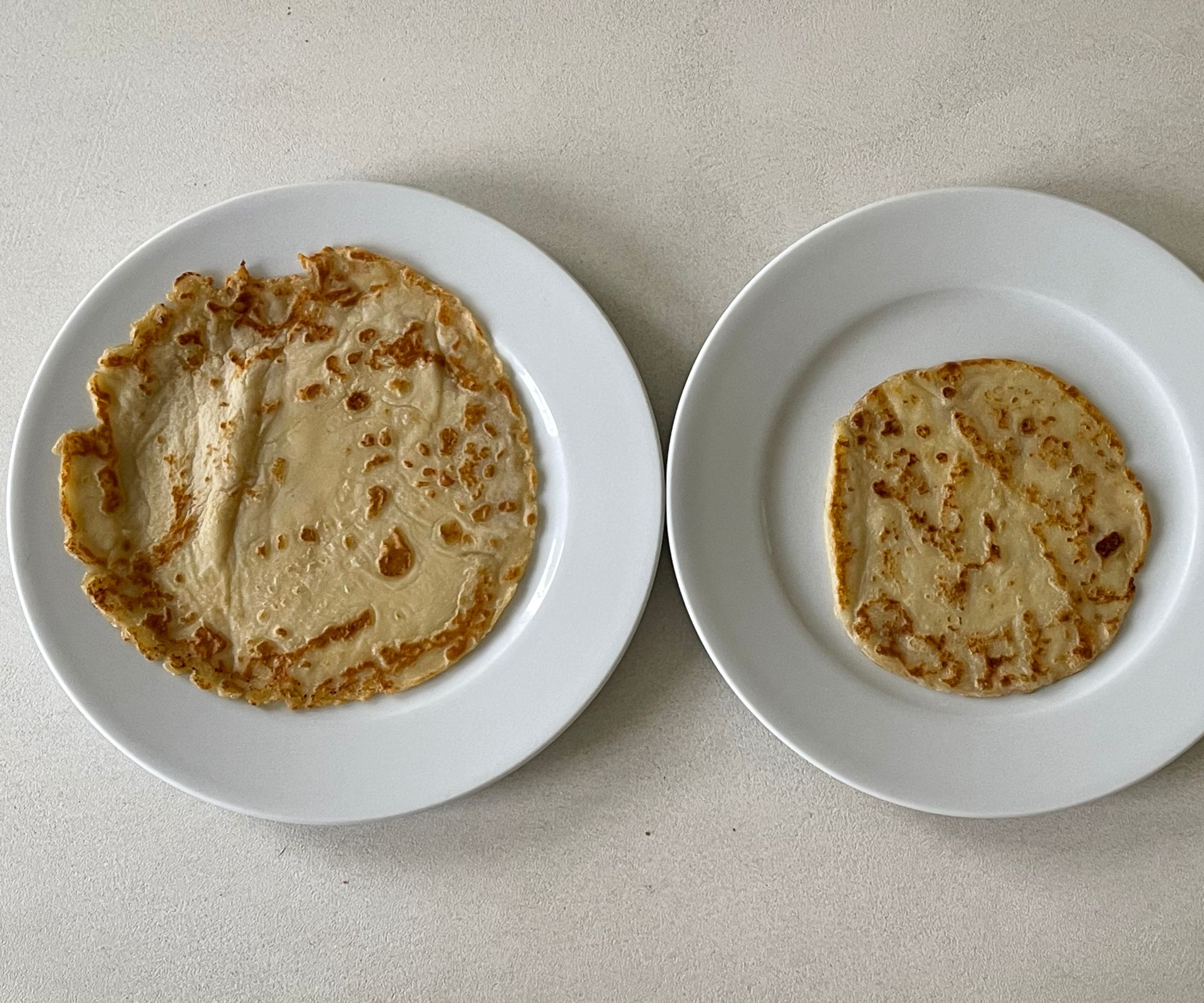
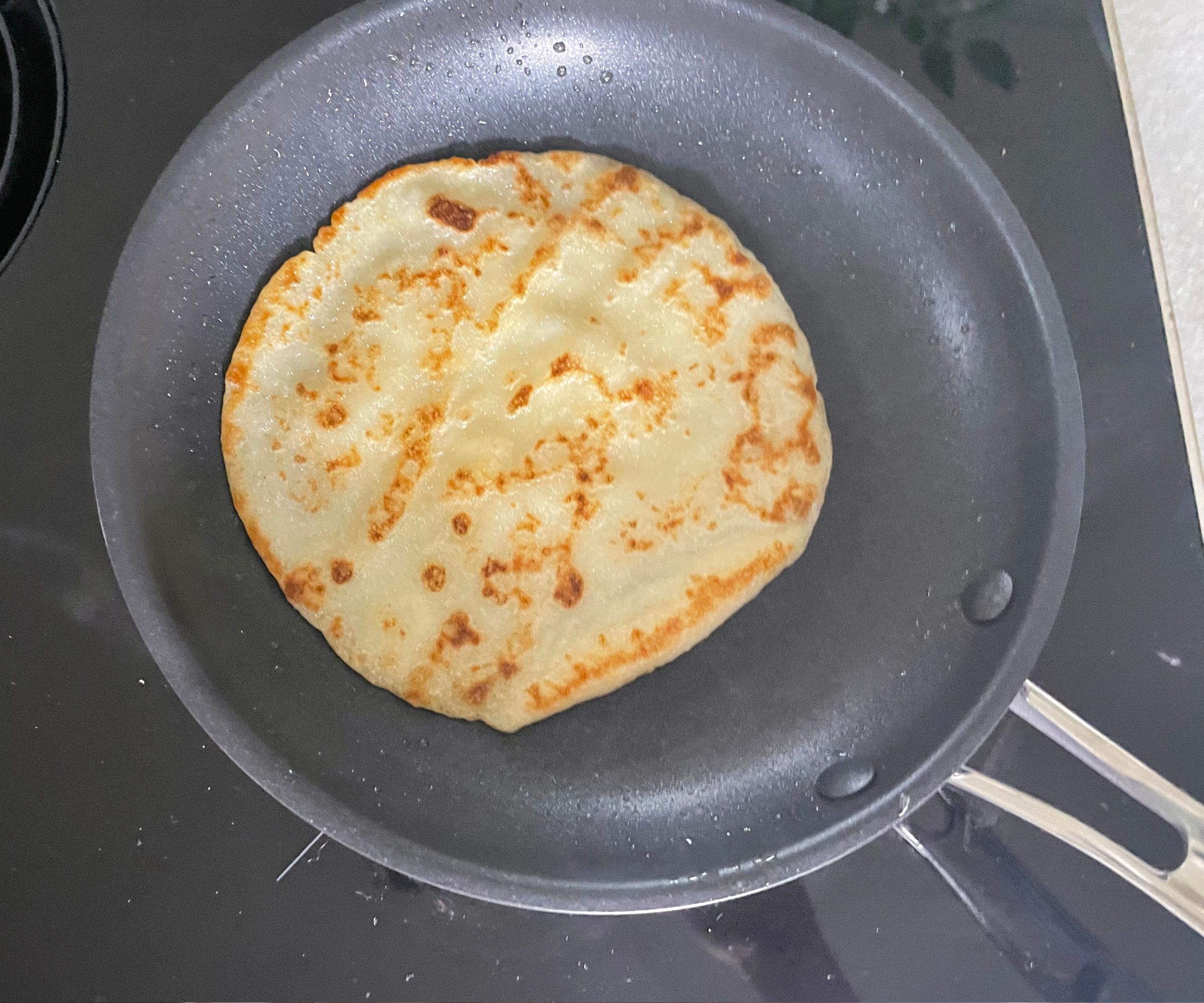
Frying pans, like milk pans, aren't a given in any set. In fact, they're often the pans that you'll choose to buy separately for yourself. It's a bold choice when a brand chooses to include a pan in a set, but it's often because they're good enough for it.
My frying pan tests are simple, but telling. The first one that I always run is pancakes and that's not just because I like a lemon and sugar pancake, even though I do. I'll add a spoonful of butter to the pan and let that sizzle and melt before pouring in my pancake mix. I watch for air bubbles, changes in colour, and any movement under the batter. Then, when I think it's ready to flip, I'll take the pan and do just that.
The flip is a real moment of truth. I get to check whether the pan is heavy, whether my pancake has stuck, and how evenly the pancake has cooked. The first two are easy to tell and the final one is too, if you know what to look for. Essentially, I want even brown spotting across the whole pancake with some crispy edges. It should be cooked right through, but without being raw. It's a real skill and all of it lies in the quality of the pan.
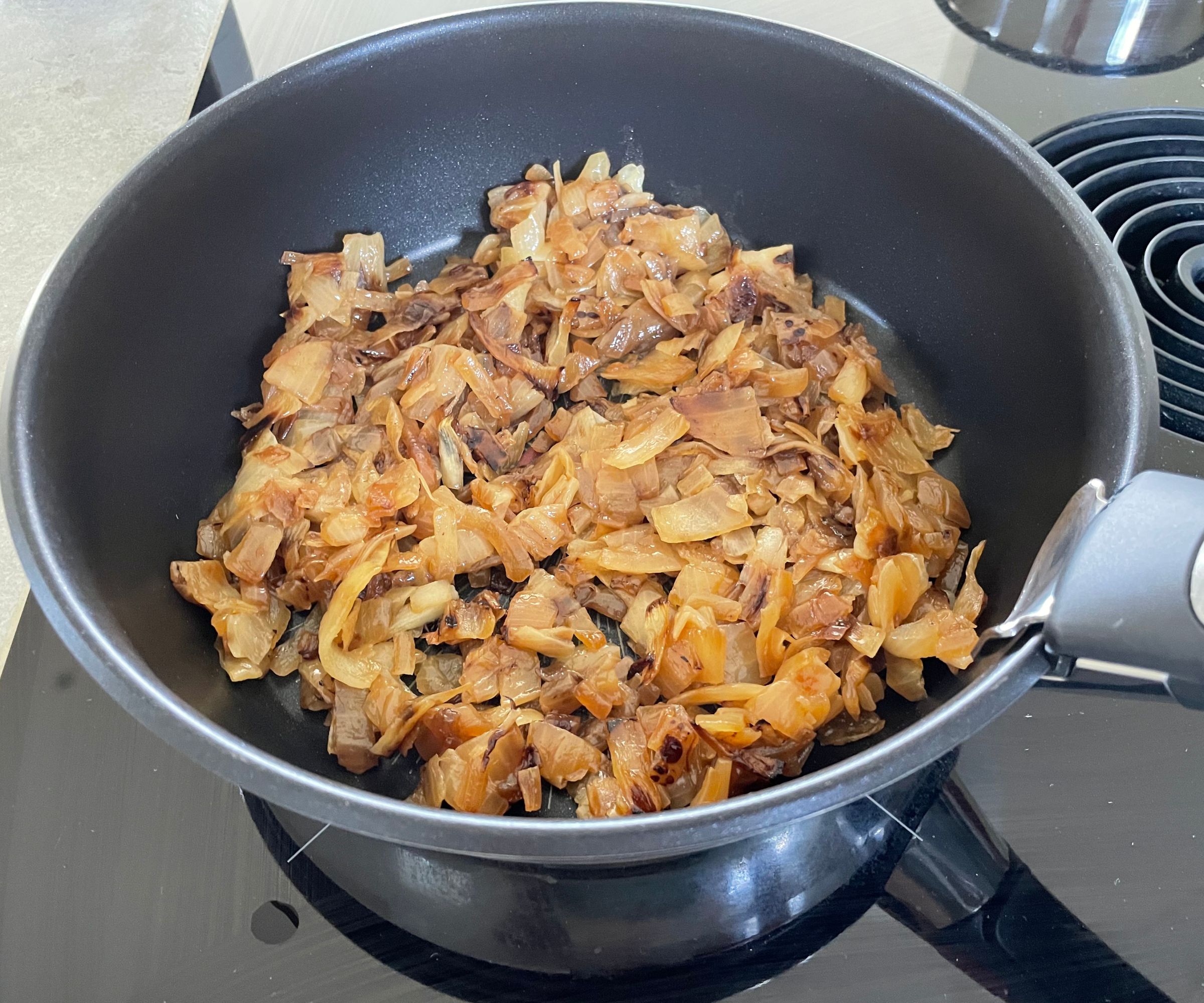
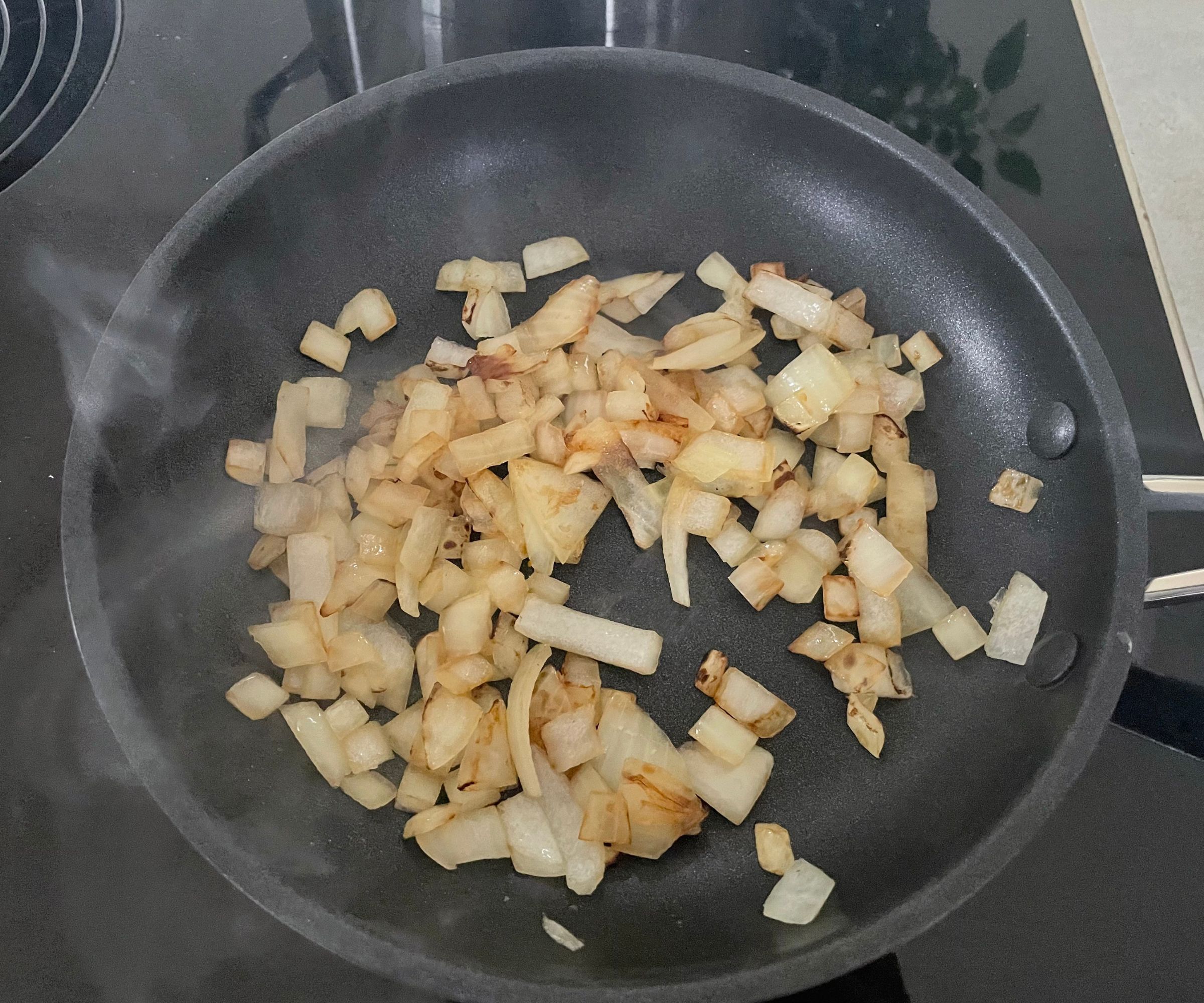
The next test is on frying onions. I always aim to test a whole onion, but some pans are too small, so I can only do half. If they’re really big pans, I’ll first test with one onion and then fill it to the maximum capacity so that you can get a good idea of the pan’s capacity. A pan with even heat distribution will fry the onion so that it’s golden brown, soft in the middle and caramelised on the outside. If it heats too quickly, the onion won’t cook through. If it’s too slow, you’ll have soggy onions instead of some of the nicely crisped parts.
Sometimes, the pancake and onion will catch in certain places. Occasionally, this is an oil problem, but it can also be an issue with uneven heat distribution, so I make sure to always keep an eye on sticking when I’m cleaning the pans.
Testing a saucepan
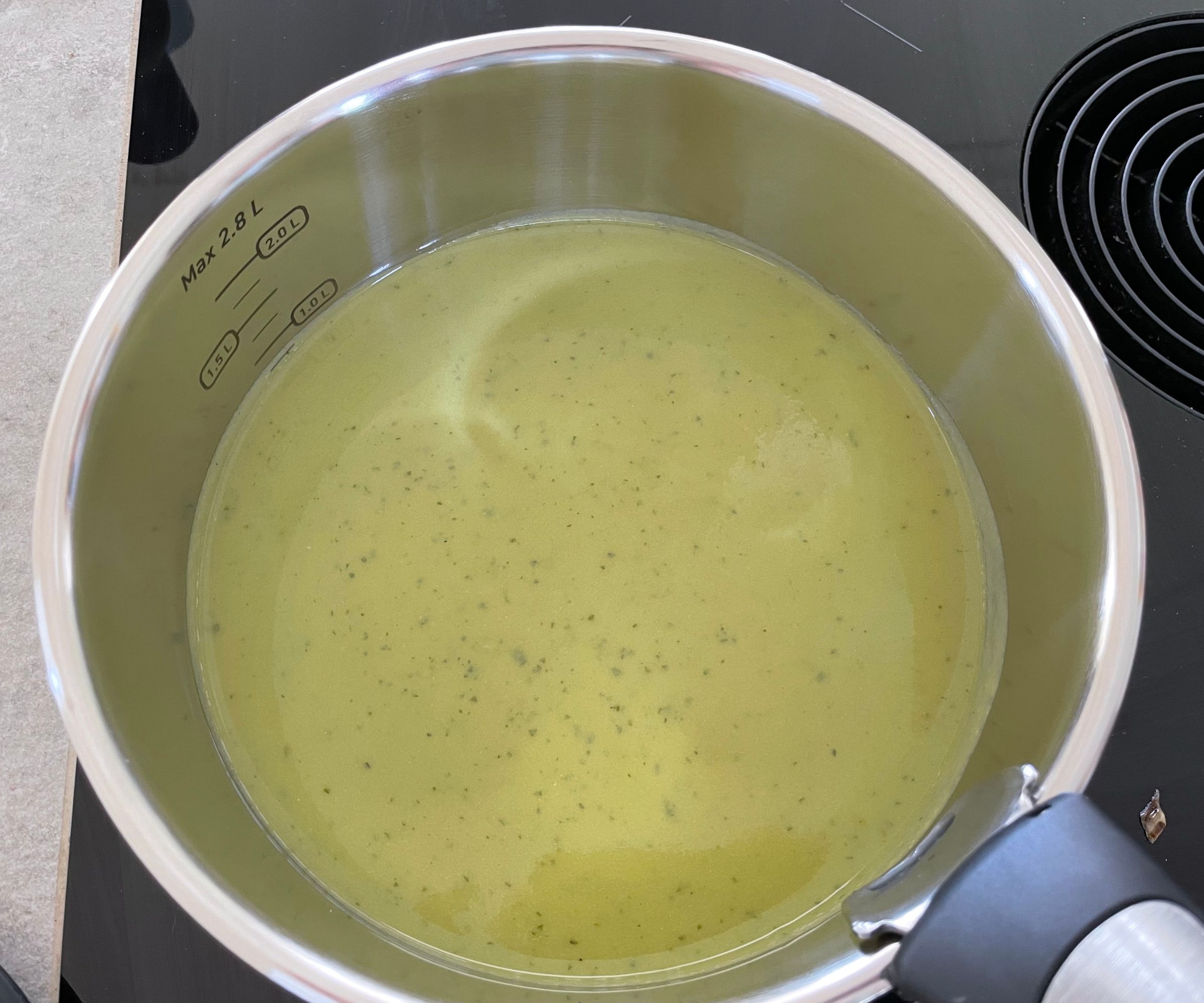
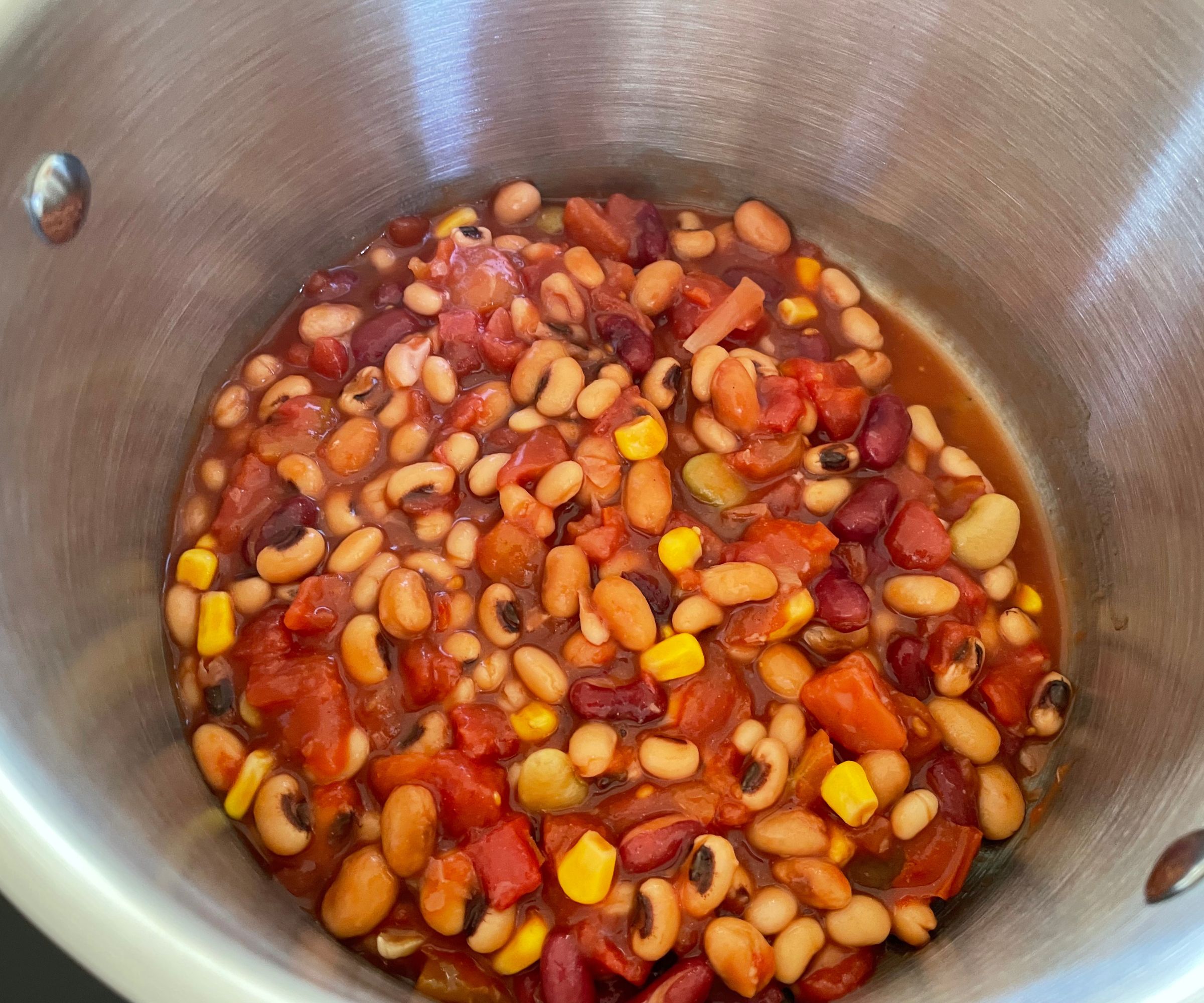
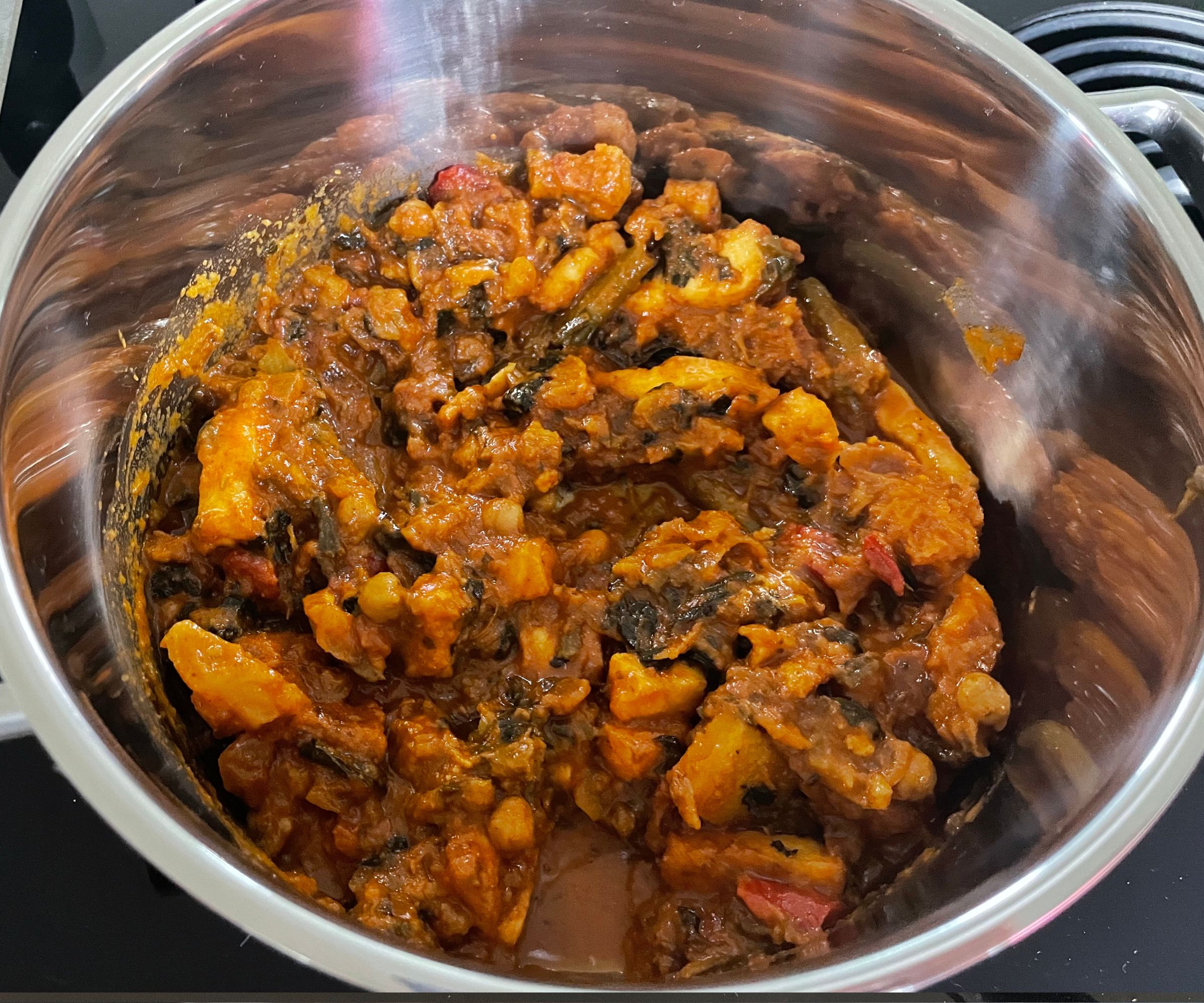
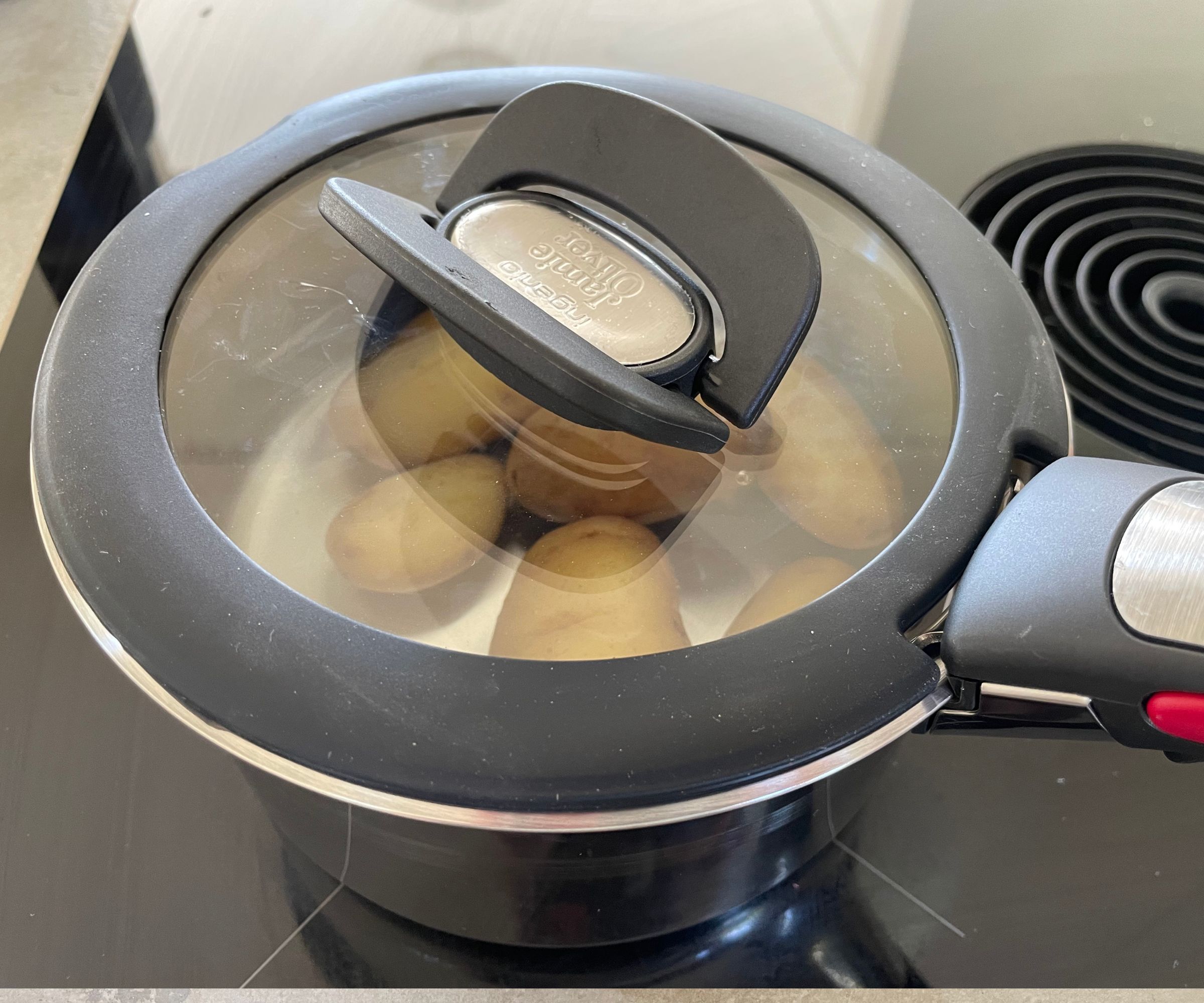
The next test will be on the saucepans. Sometimes these will include wider, shallower sauté pans, but they can almost always cover the same bases.
In each pan, I’ll boil potatoes, make soup, a stew, and a curry. This tests the pan’s ability to boil water, heat vegetables, fry onions, and get even temperature across the base. Soups need quicker, more instant heat, whereas a stew will need low and slow heat.
Whilst the pans are working on this, I’ll test whether the handles get hot, whether the sides are too low to protect any ingredients from splattering over and onto the hob, as well as how useful the saucepan lids are.
I’ll always make notes on how heavy each pan gets and whether the handles are appropriate, both for heat transfer and for comfort. Plenty of big pans get too heavy for their handles.
I often do a jam test in the big pans too. I know making jam isn’t exactly on your weekly list of things to do, but it’s a really good test for a bigger, deeper pan. If it’s not even and gentle with heat transfer, the jam will burn. If it’s too gentle, you’ll never get jam. The sides also need to be hot enough that jam won't spit all over your hob. There’s an art to making jam and I like the best stainless steel pans to have it nailed.
Alongside this, I’ll also make notes on the lids. A useful pan lid looks different to a range of people. Some like a clear lid, so they can see what’s cooking. Others like a stainless steel lid that matches the rest of the pans and is less likely to shatter. I’ll let you know if there are places for the steam to be let out, whether the lid handles get hot, and how helpful they are for getting food out of the pan. These are small details, but they make a whole world of difference.
Why we talk about what they're like to clean
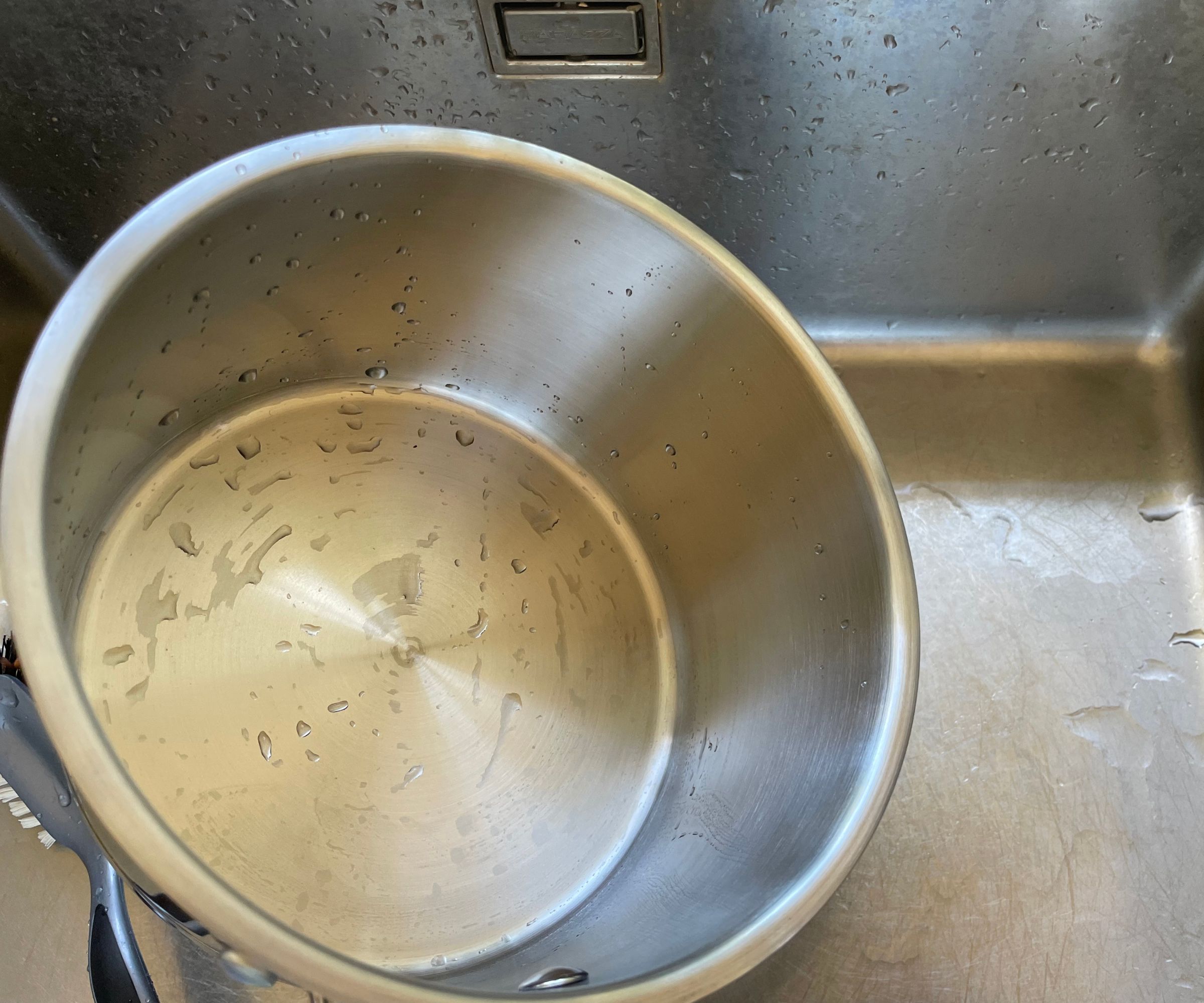
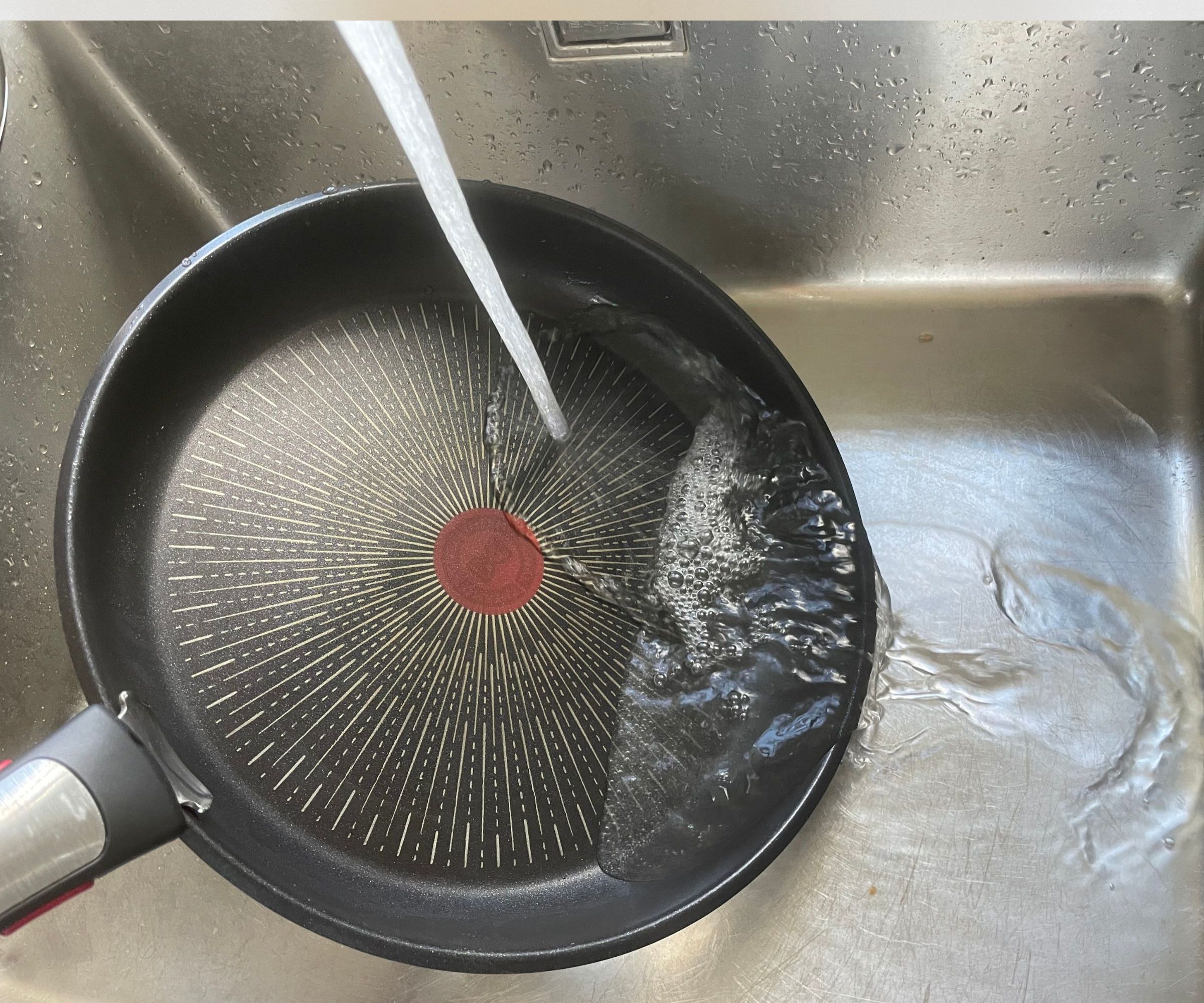
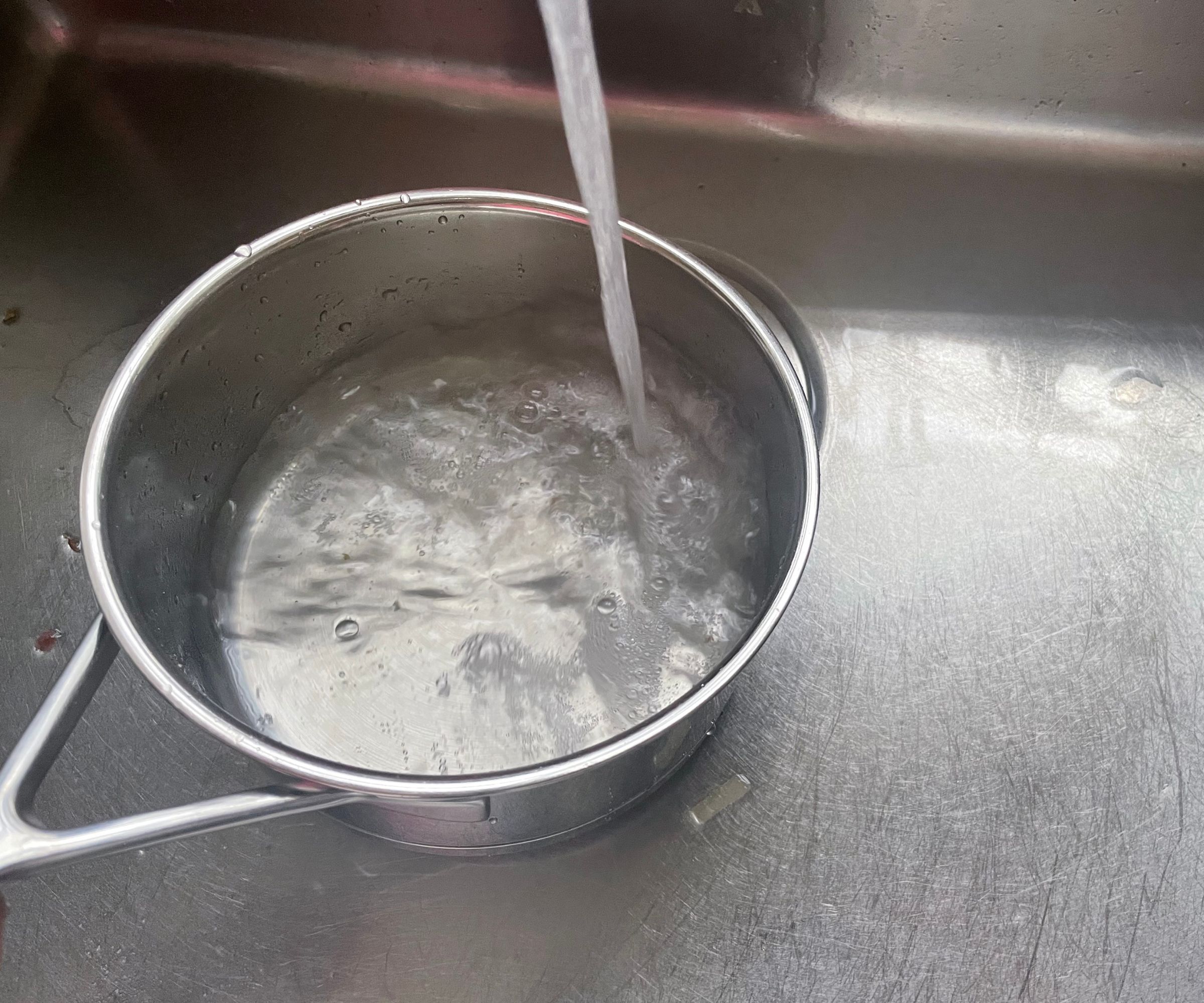
I do a lot of cooking with these pans, which means that I also have to do a lot of cleaning and, so will you if you choose these pans. That’s why I let you know whether they’re dishwasher safe. I put them through cycles to see how they fare, whether they discolour, peel, and dull. I’ll also let you know whether the dishwasher can even do anything together clean.
I also know that pans can take up precious real estate in a dishwasher and that some people like to wash them by hand. That’s why I make notes on how to hand wash the pans too. Some stainless steels can take a scrub with wire wool, but others will scratch and ruin. I always recommend using a gentle washing-up liquid (I like Method or Ecover) as well as a soft sponge. We have more details on how to wash stainless steel pans in our expert guide over here.
How we make comparisons

Naturally, as I’m testing these pans and weighing up whether they’re worth it for you, I’m comparing them to all of the other pans that I’ve tested. Given that I’m the one who reviews all of our stainless steel pans, I’m both a bit of a nerd as well as an encyclopedia on stainless steel pans.
I like to pick out similar sets of pans that are either a little cheaper or a little more expensive than the one that I'm testing. That way, I get a good idea of what else is sitting at a similar price point to the pans. With that information, you can do all the market research without having to suffer any shopping fatigue.
How we draw conclusions
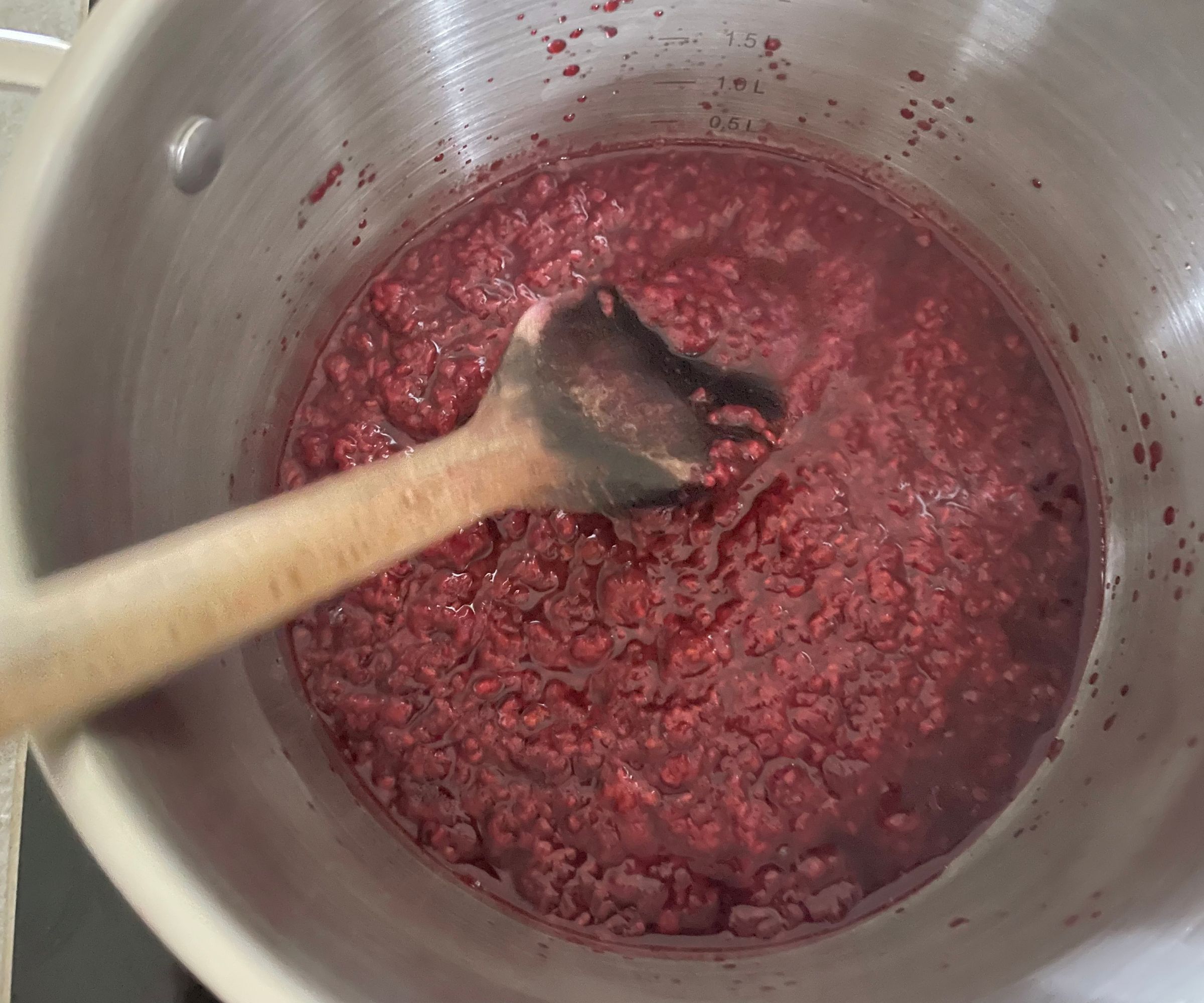
After that, I’ll answer the all-important question ‘should you buy these stainless steel pans?’ At this stage, I’m taking a measure of whether the pans are good value, whether they’re serving a specific audience, whether they’ll last, have a good warranty, and will perform well. I’ll always give you an honest answer because I want you to find the perfect pans for you and your home. There’s no point telling you something is the best for you if I know you’ll only hate them (and me) in real life.
At the end of our reviews, I always give an overview of how we test stainless steel pans, but if I start explaining that, we’ll be back at the beginning of the article and you’ll be going round in circles. If you have any more questions on how we test stainless steel pans at woman&home, my inbox is always open. I regularly answer specific questions and give product recommendations to curious shoppers. It is my job, after all.







